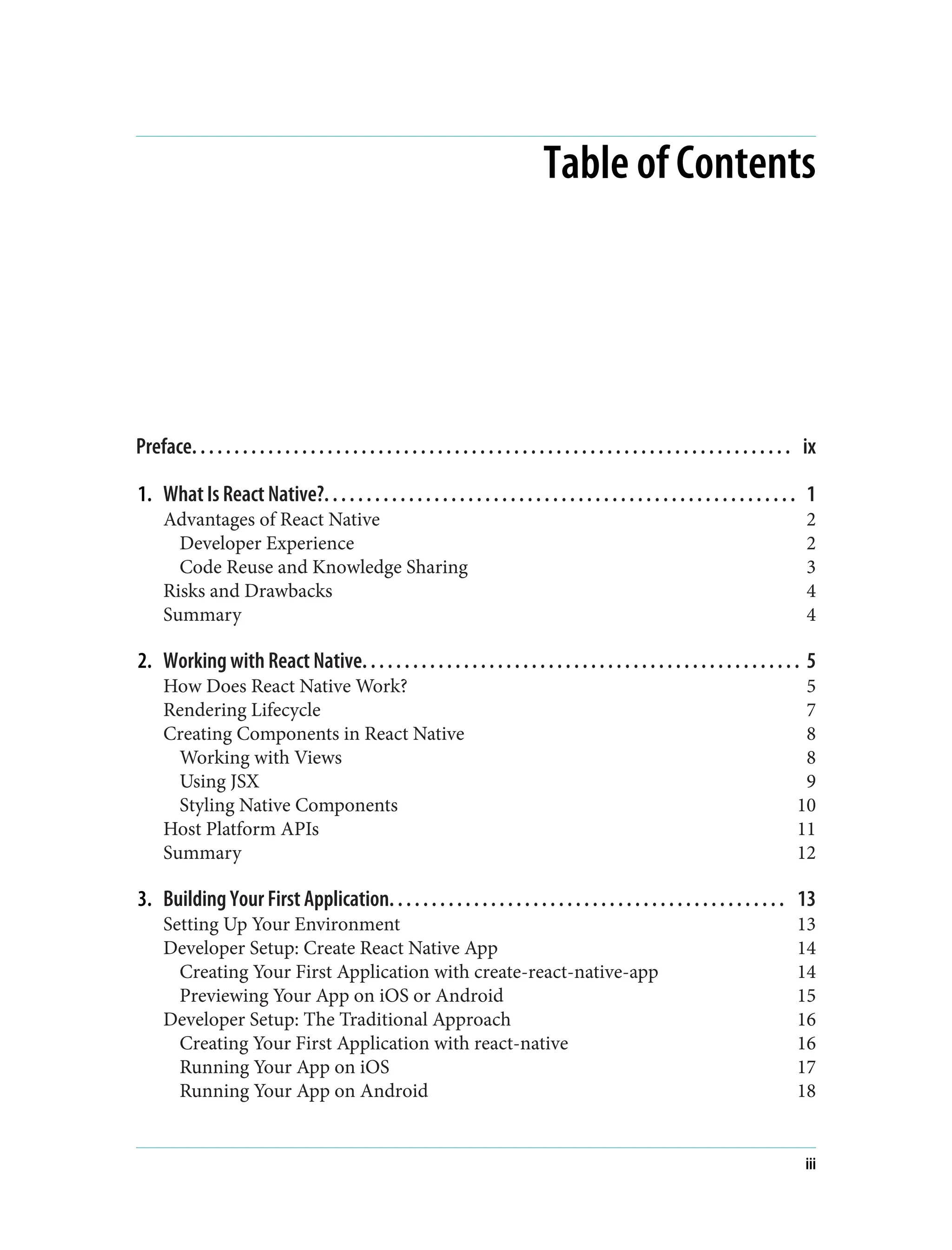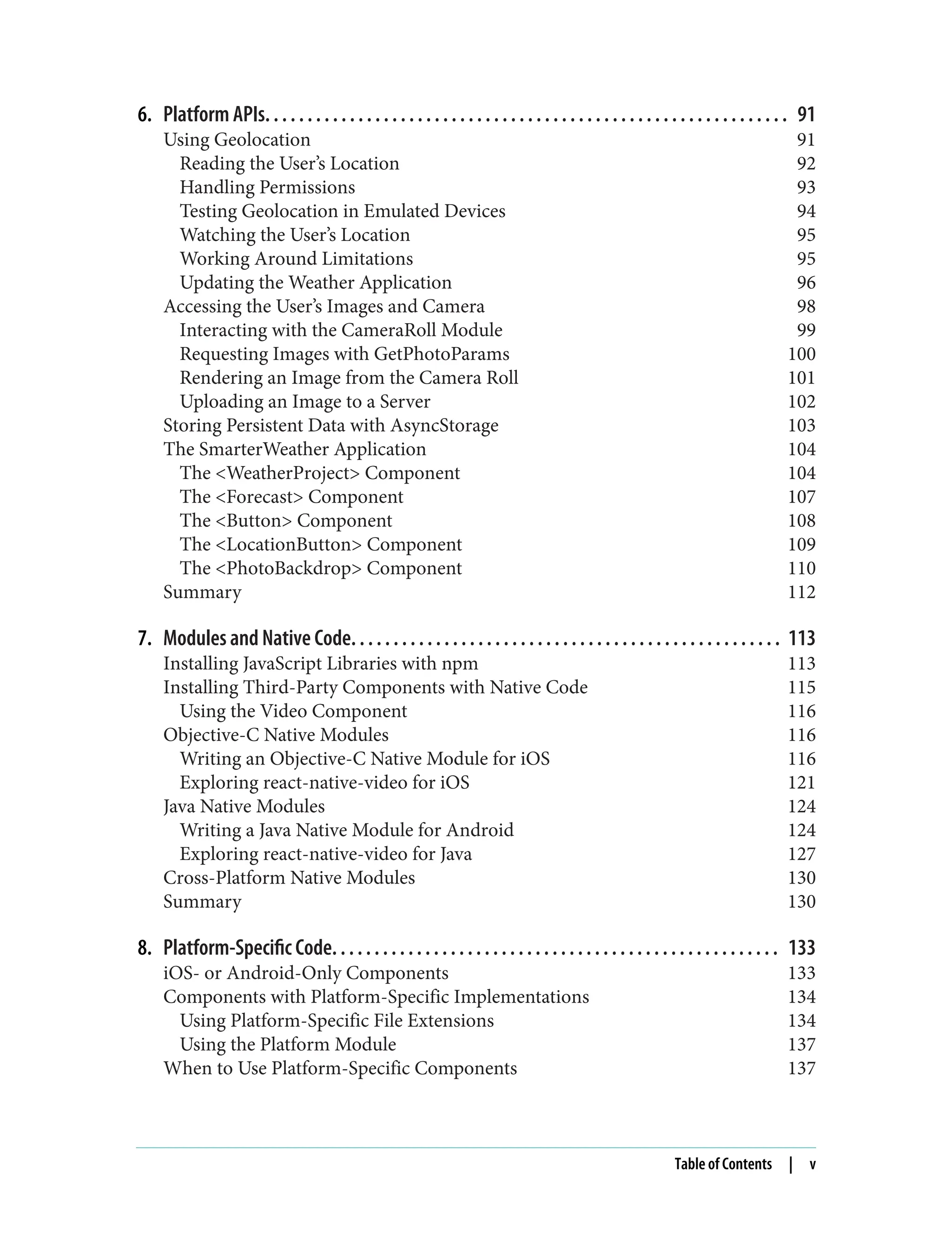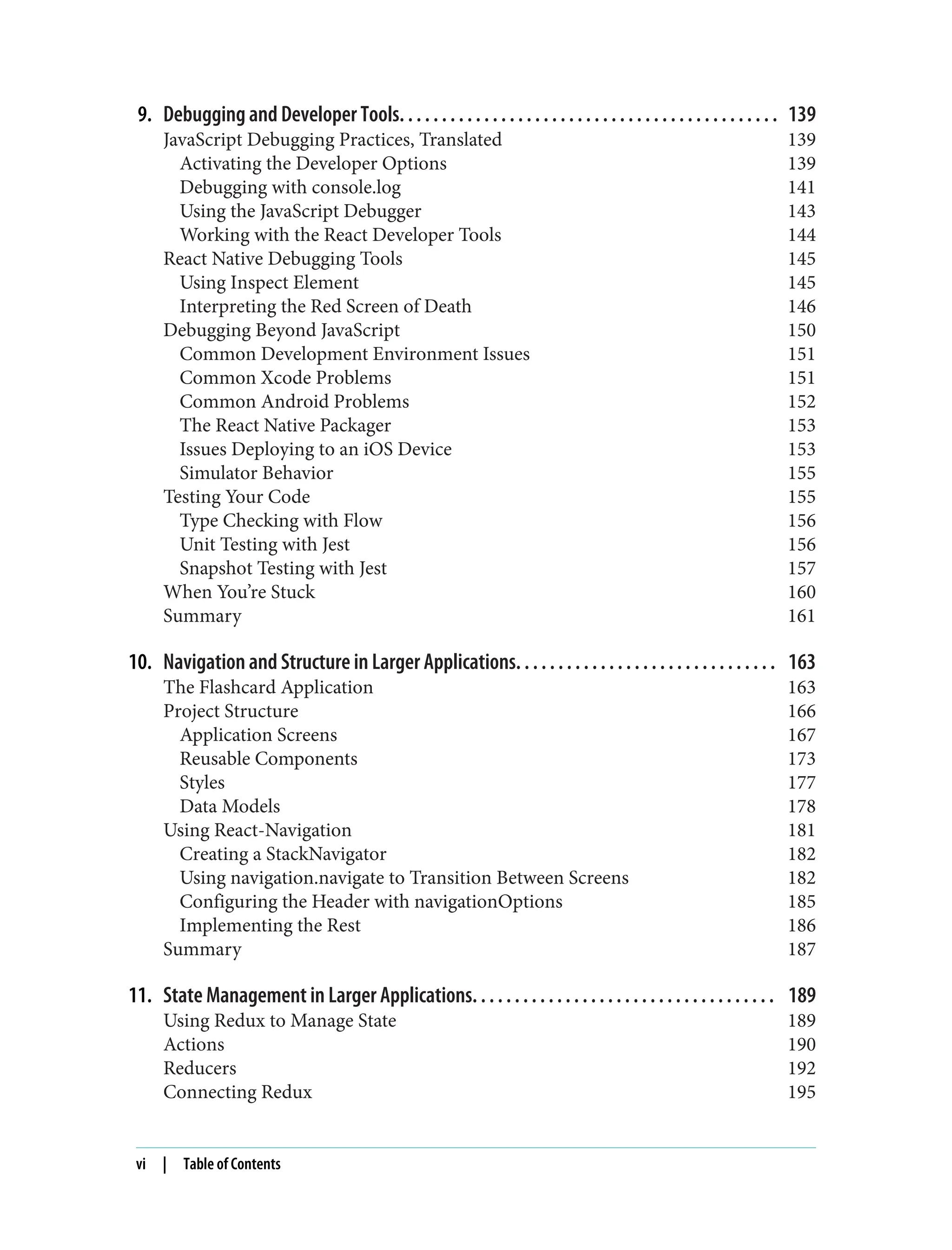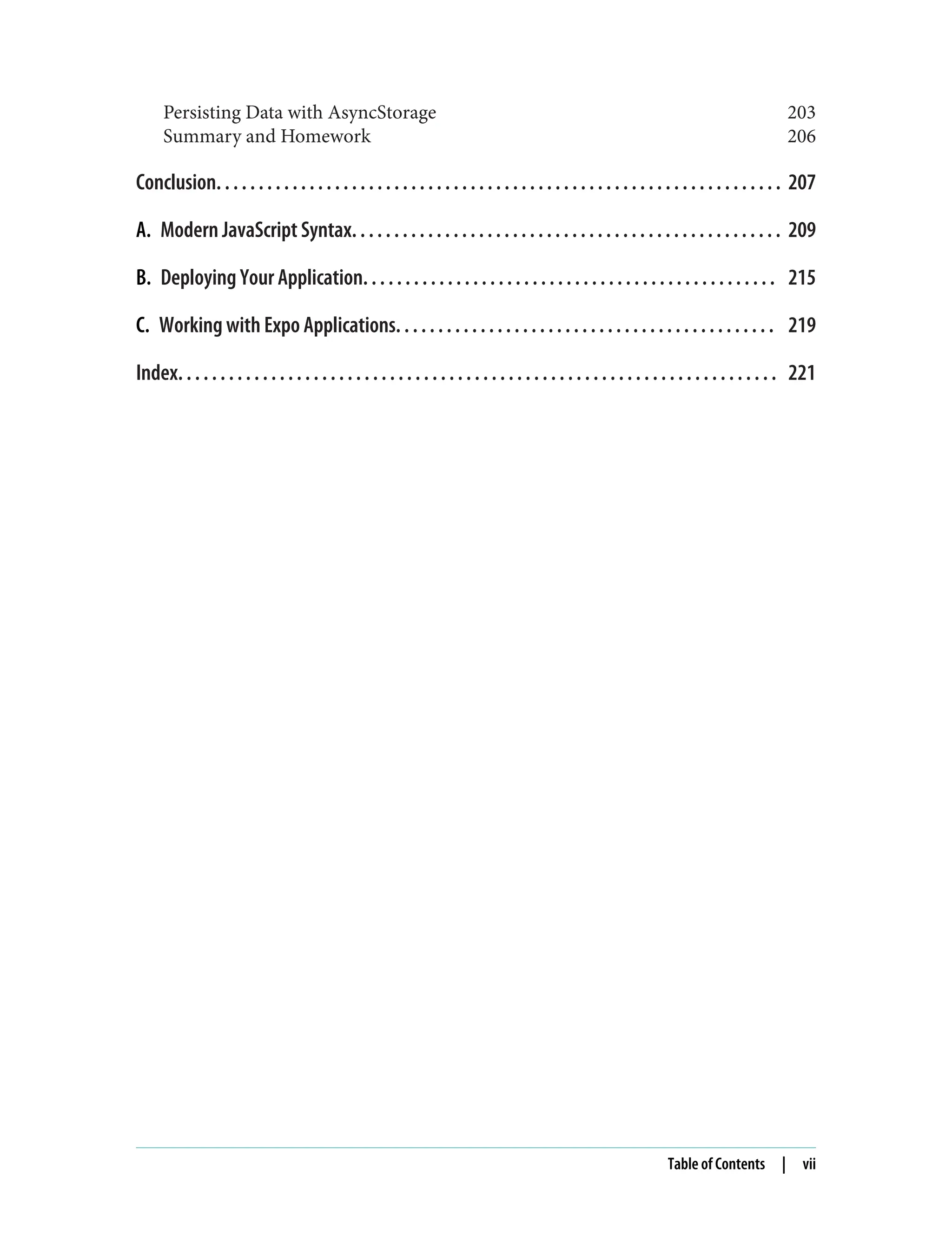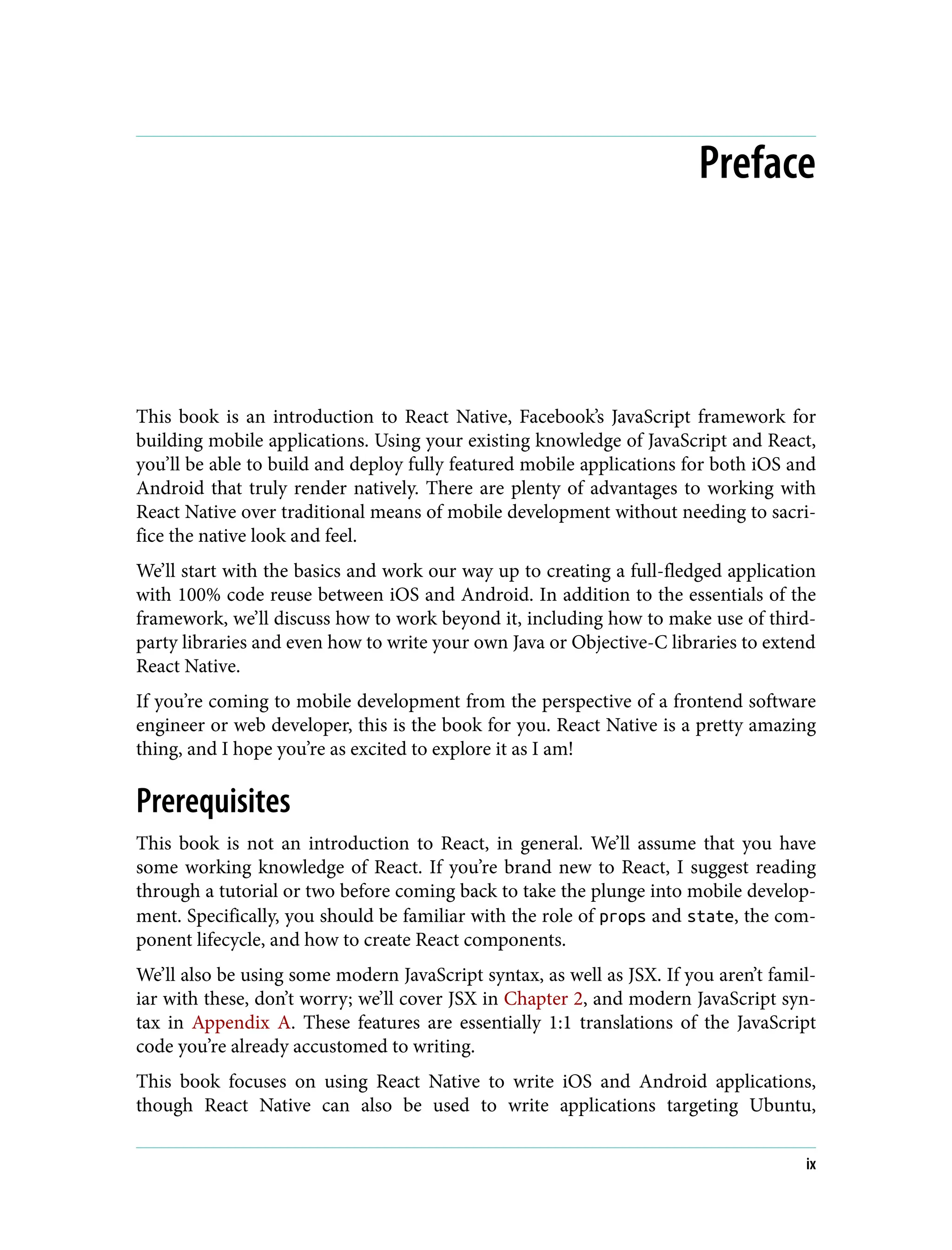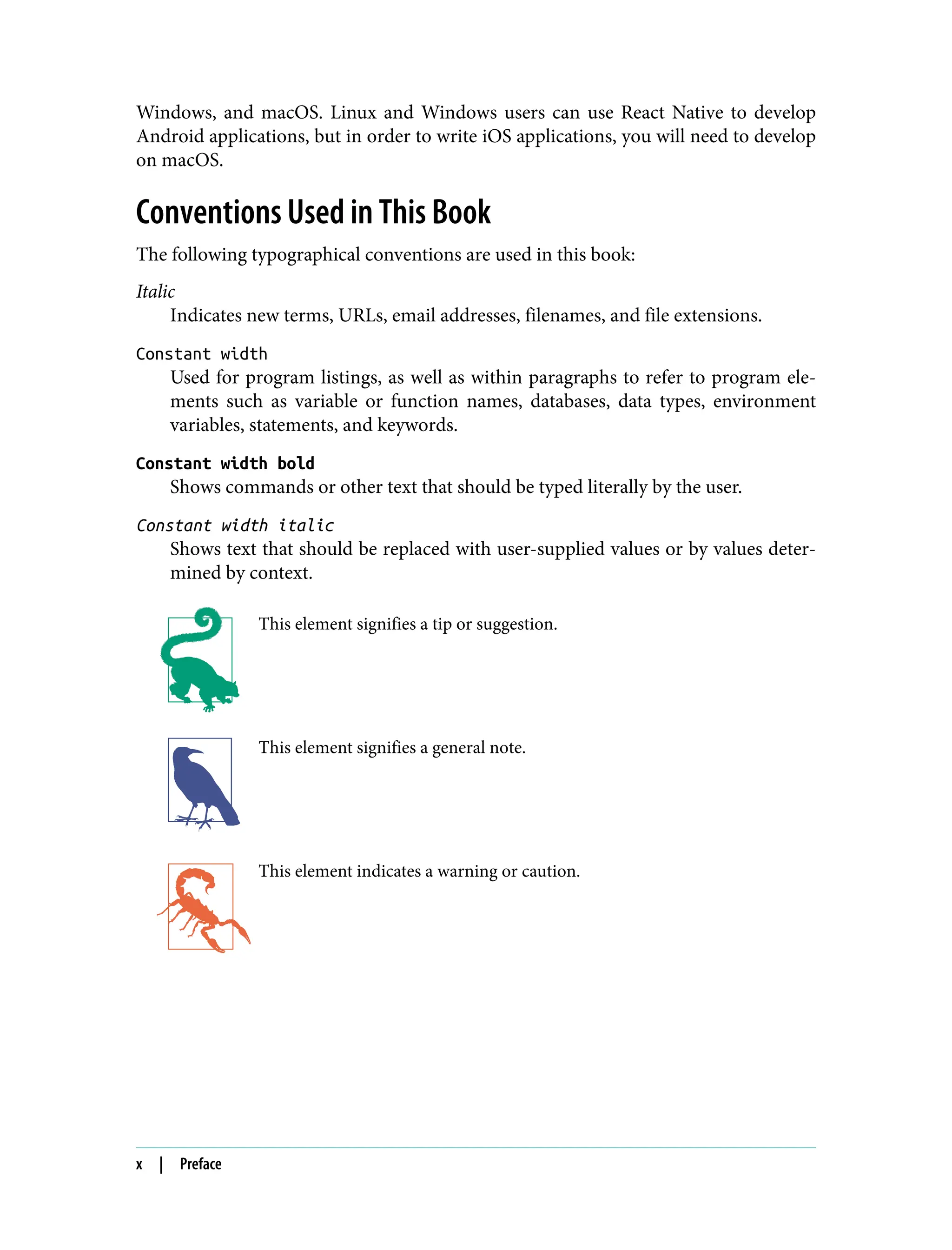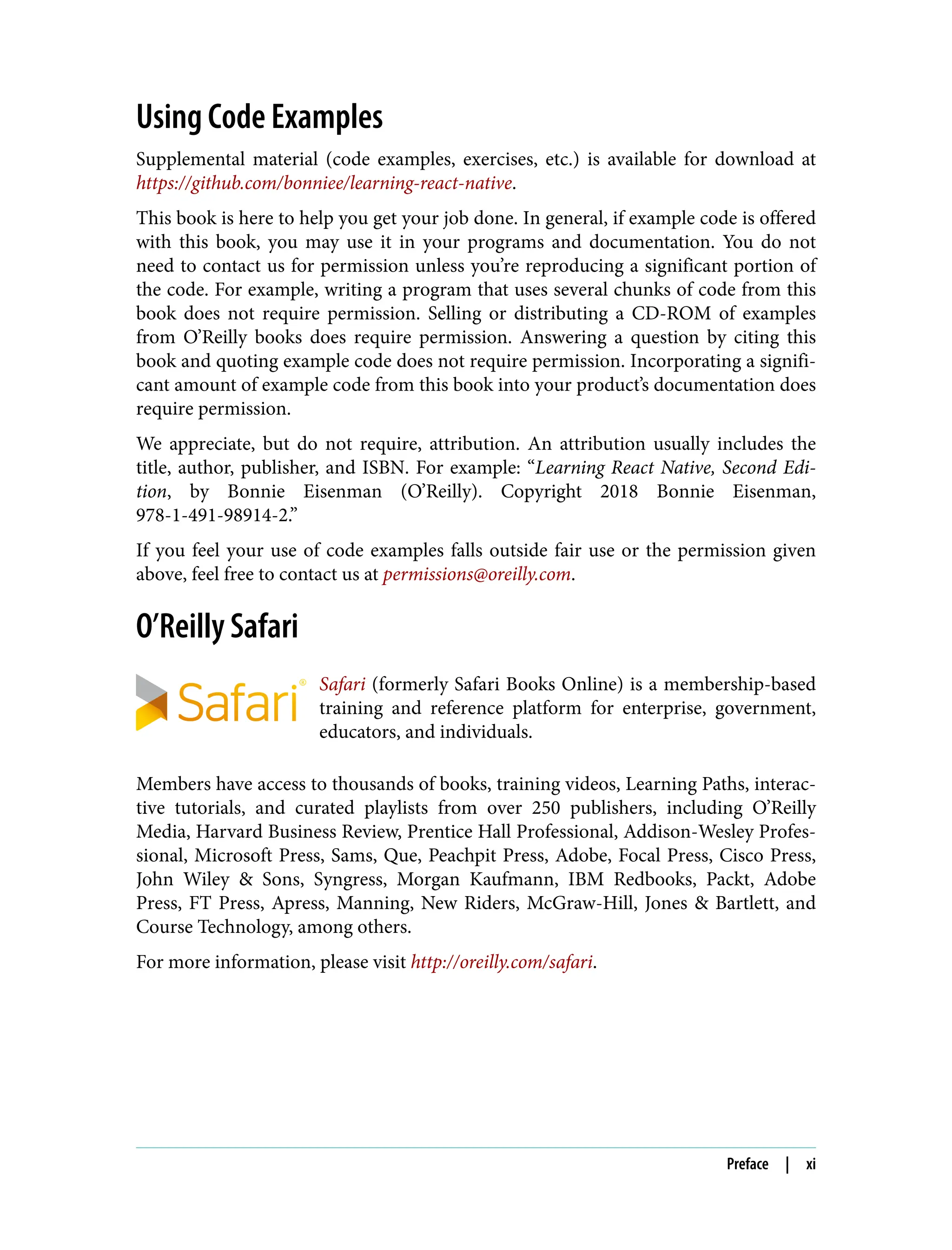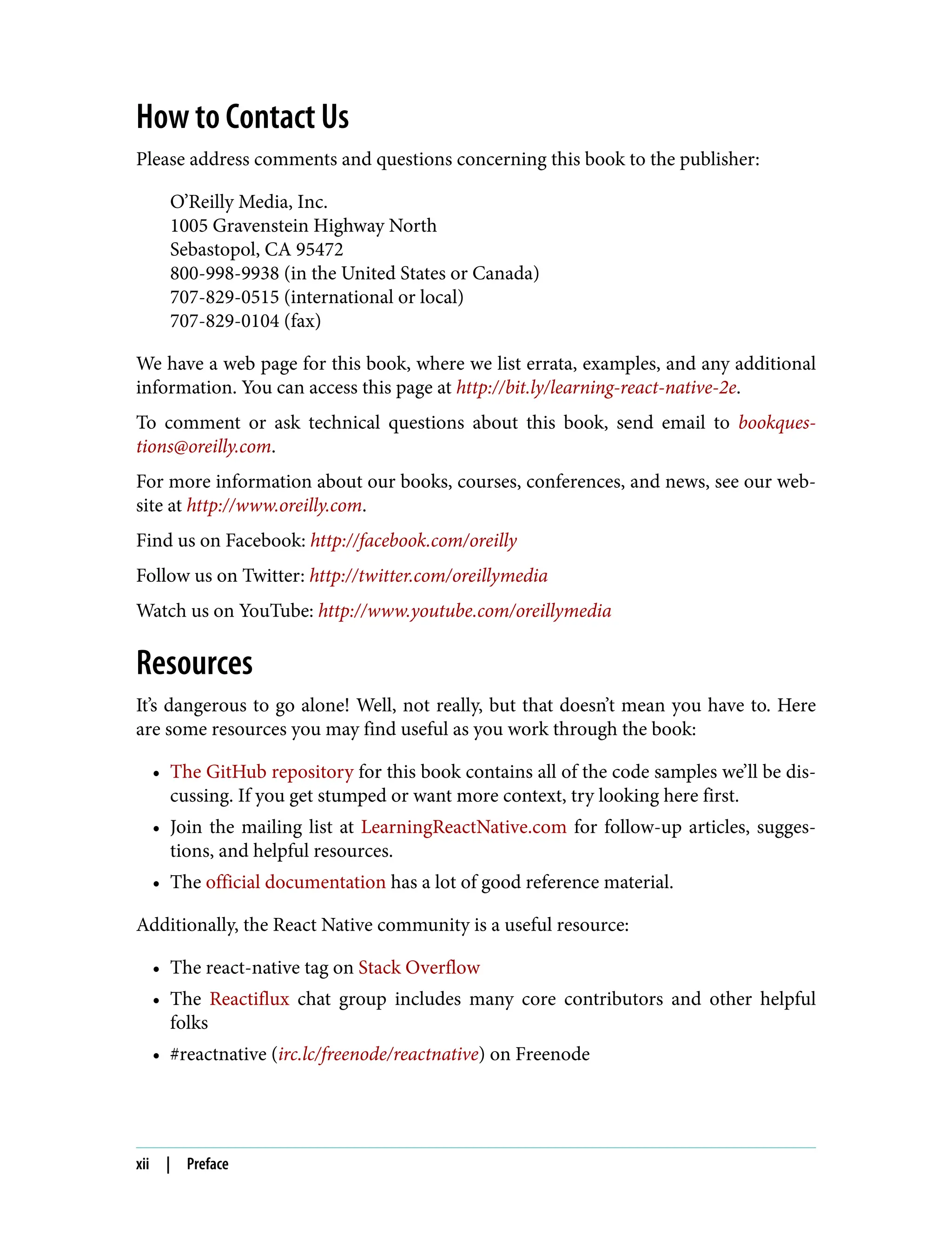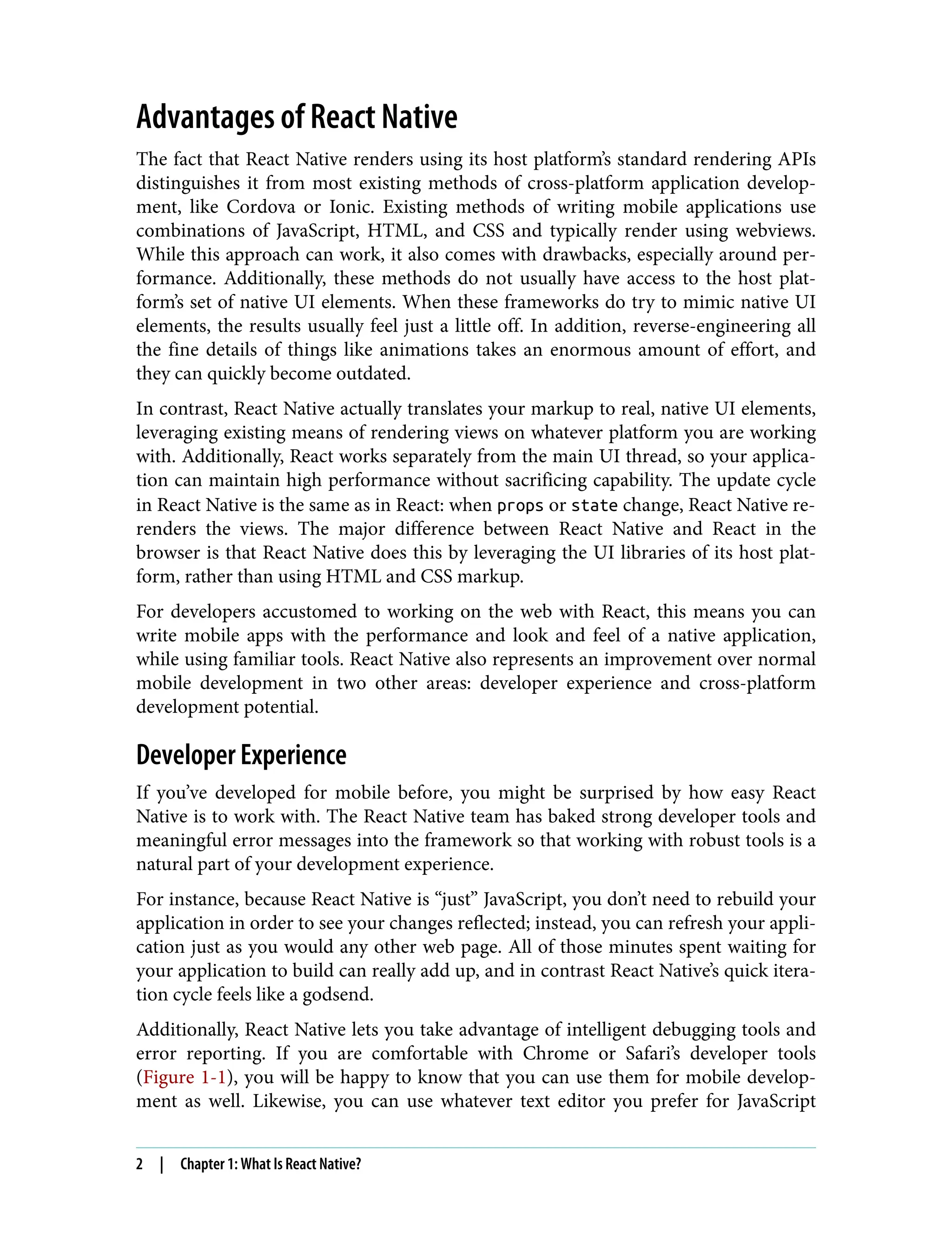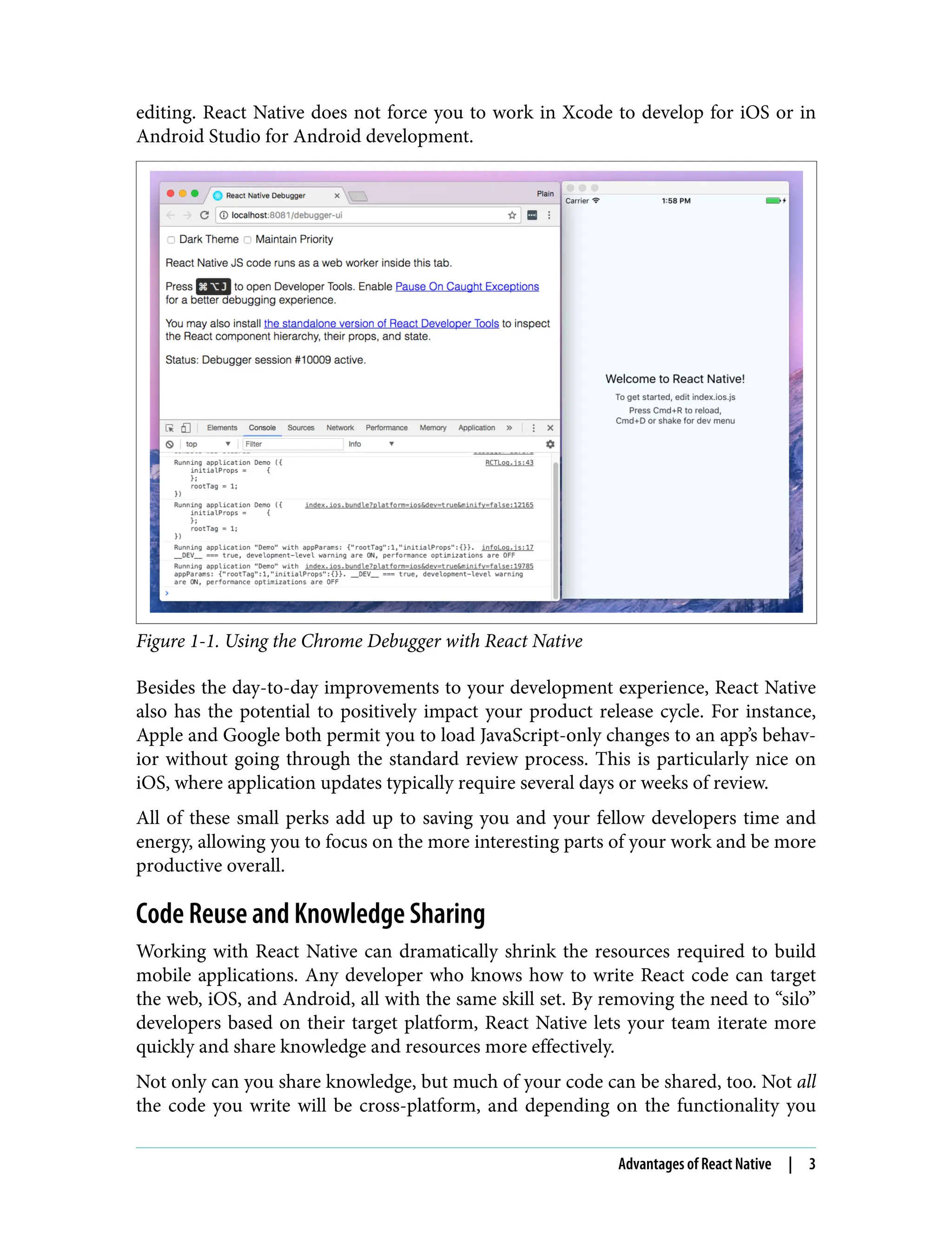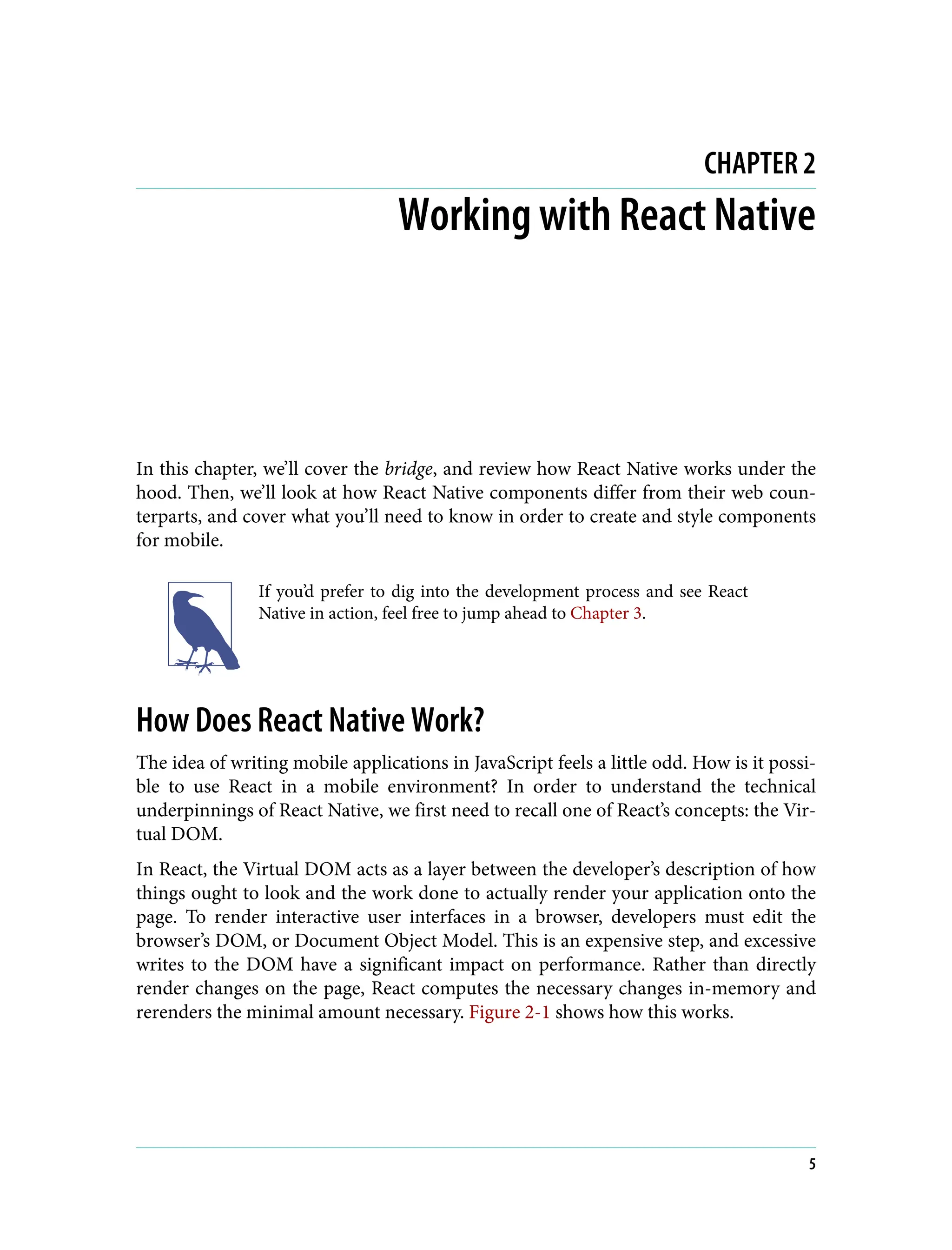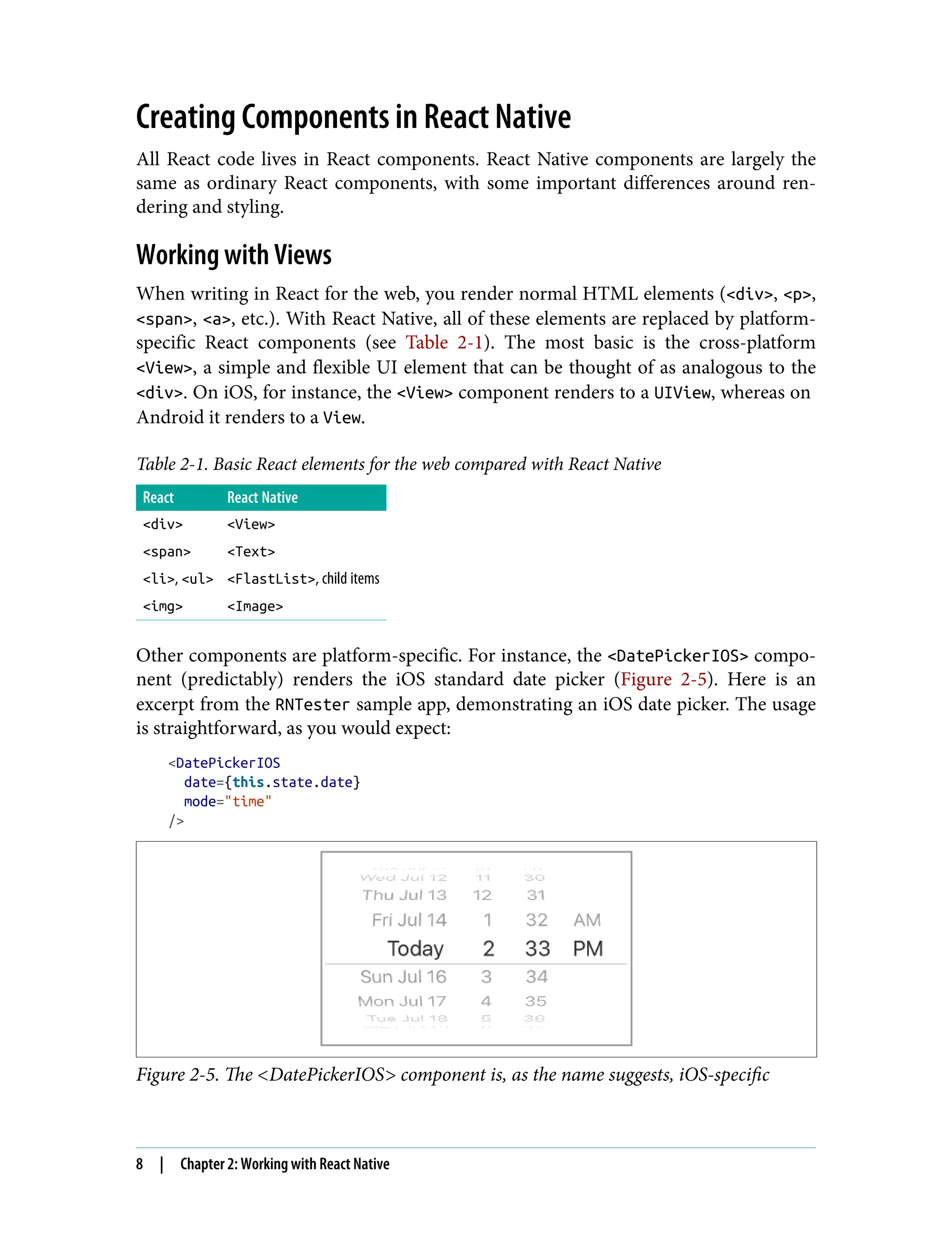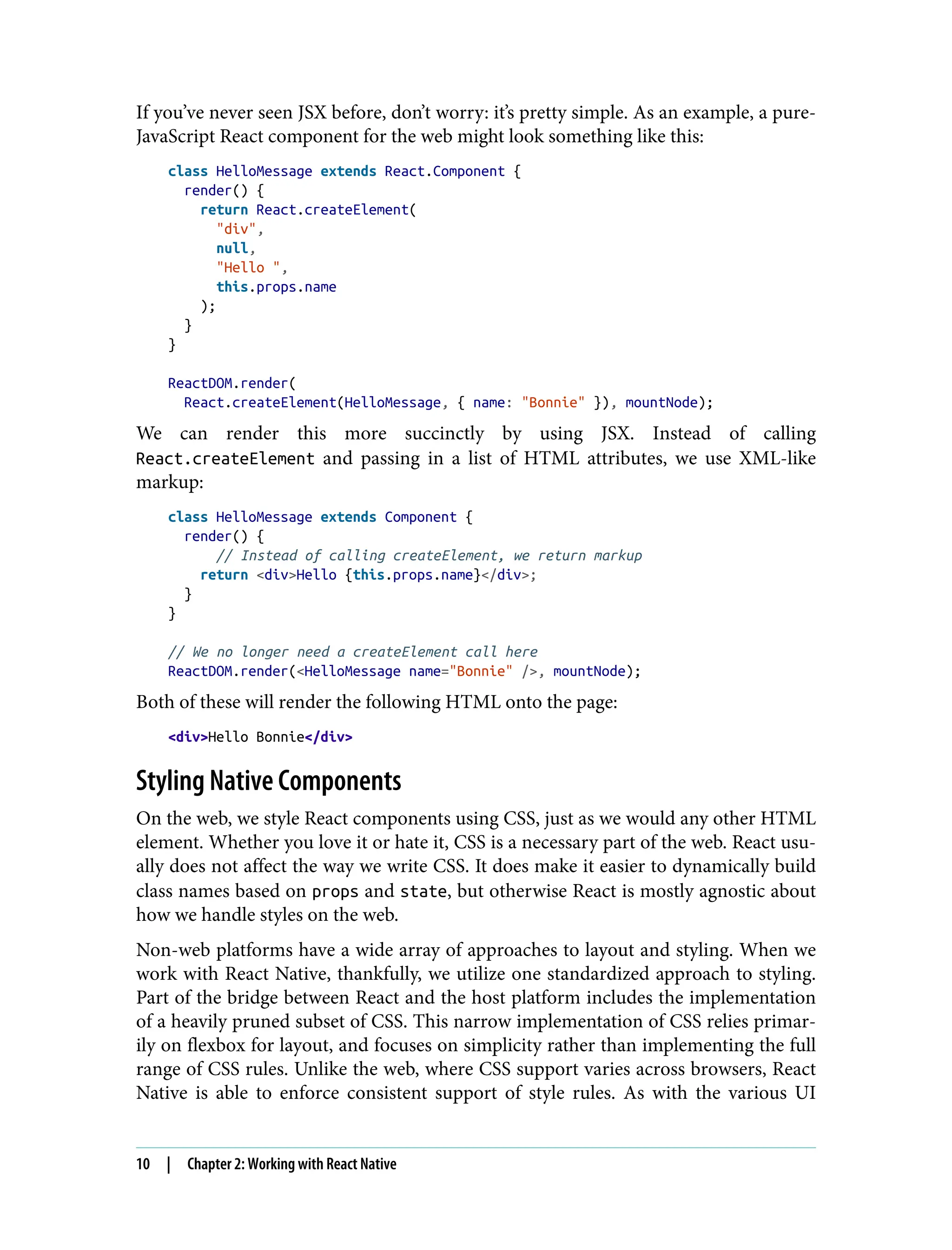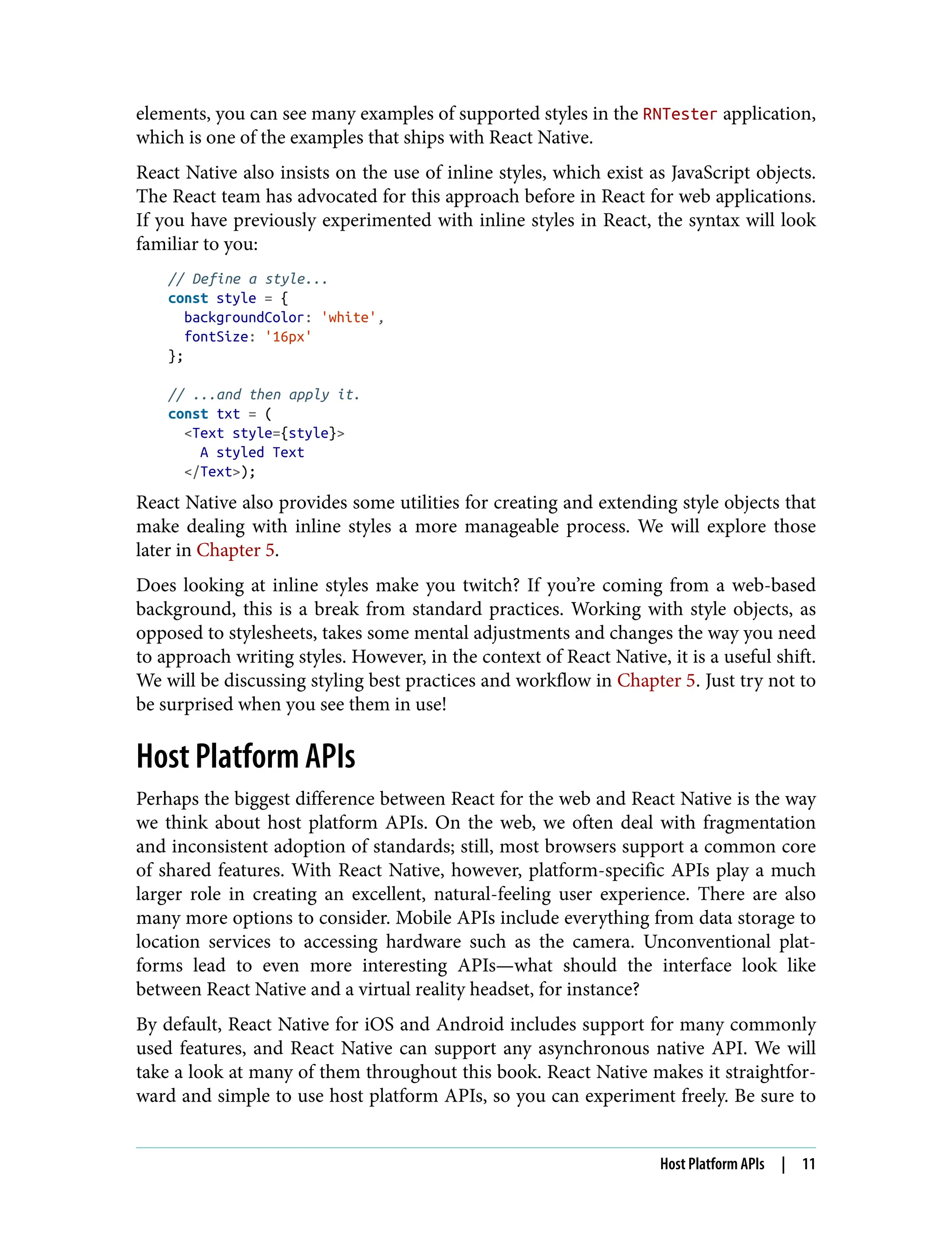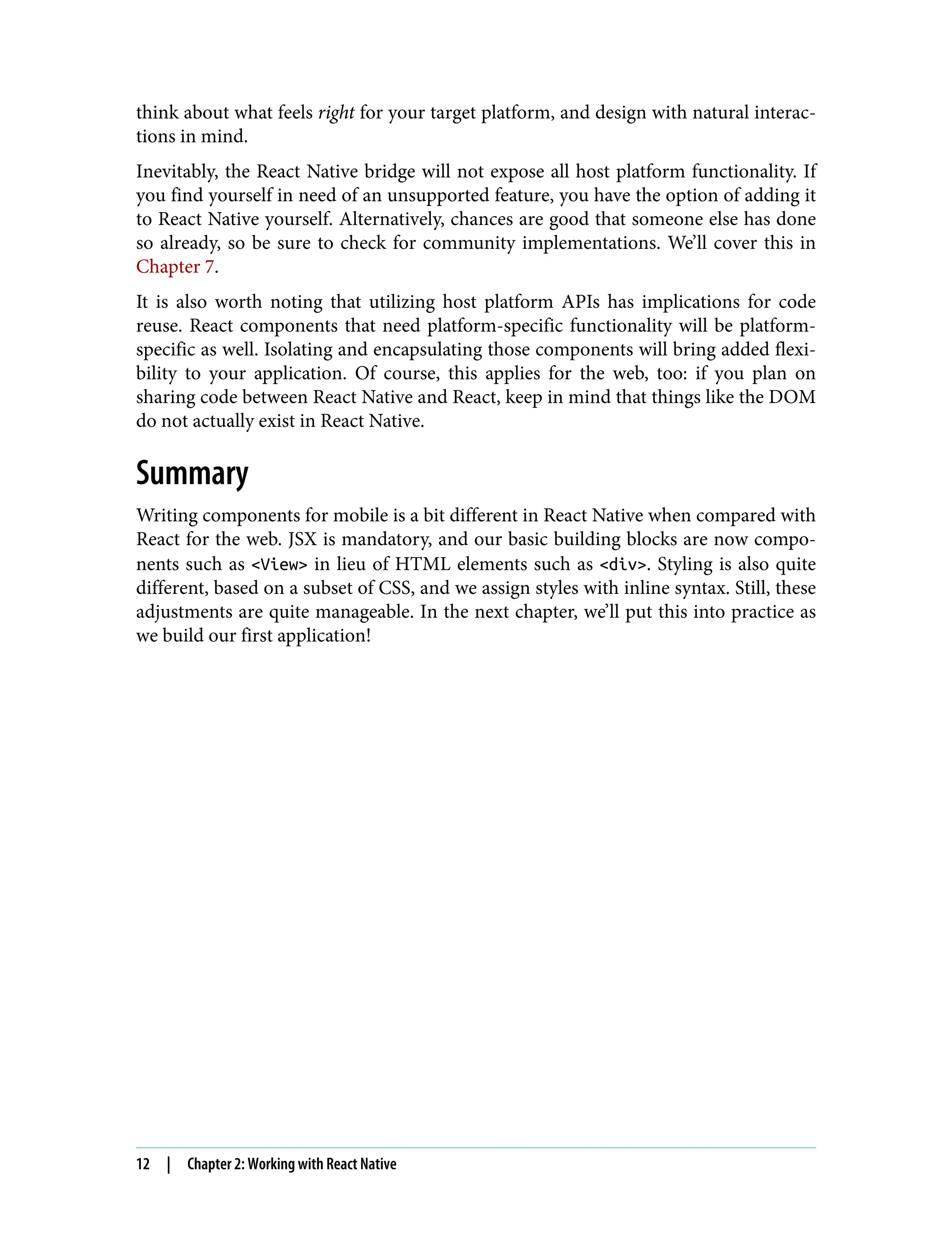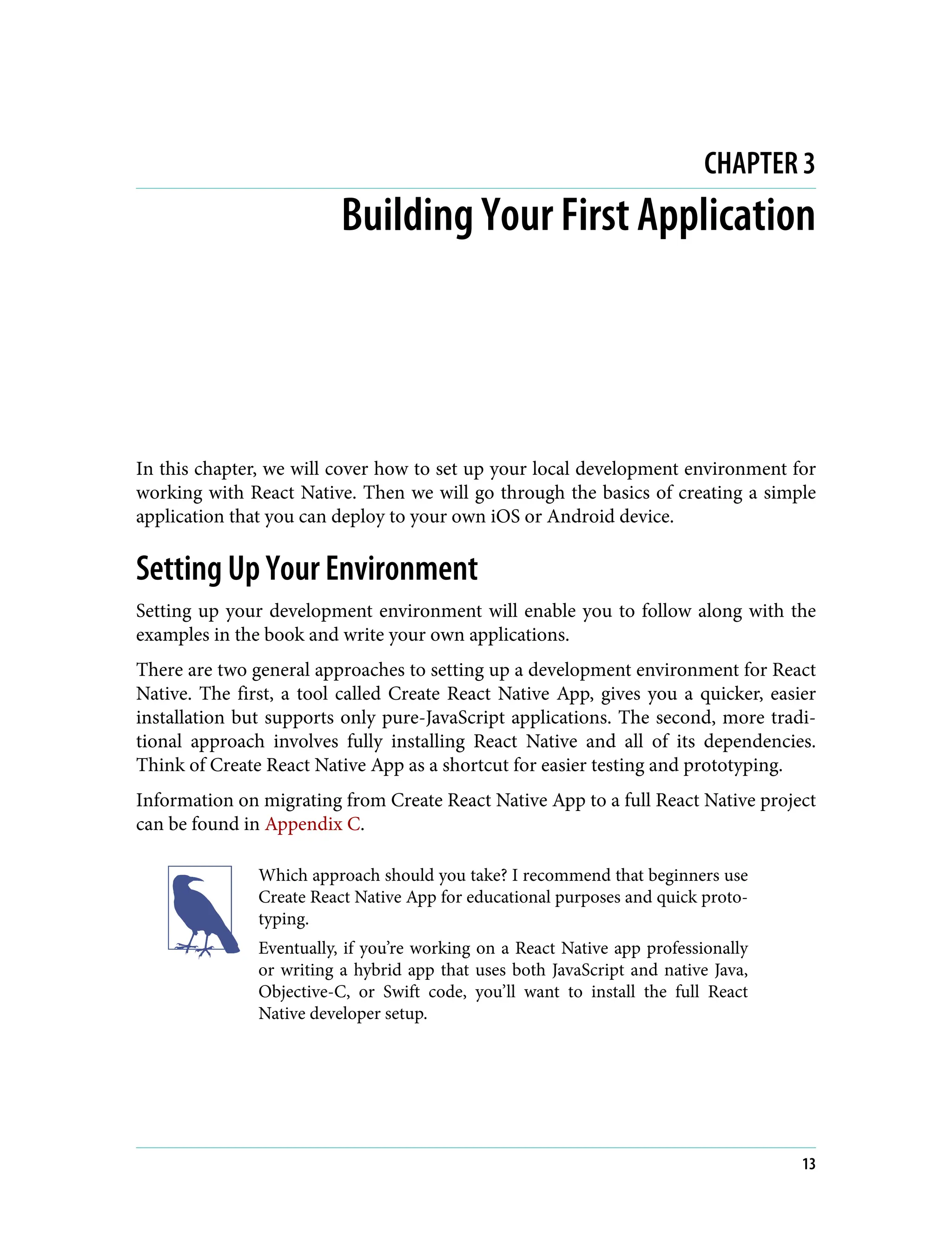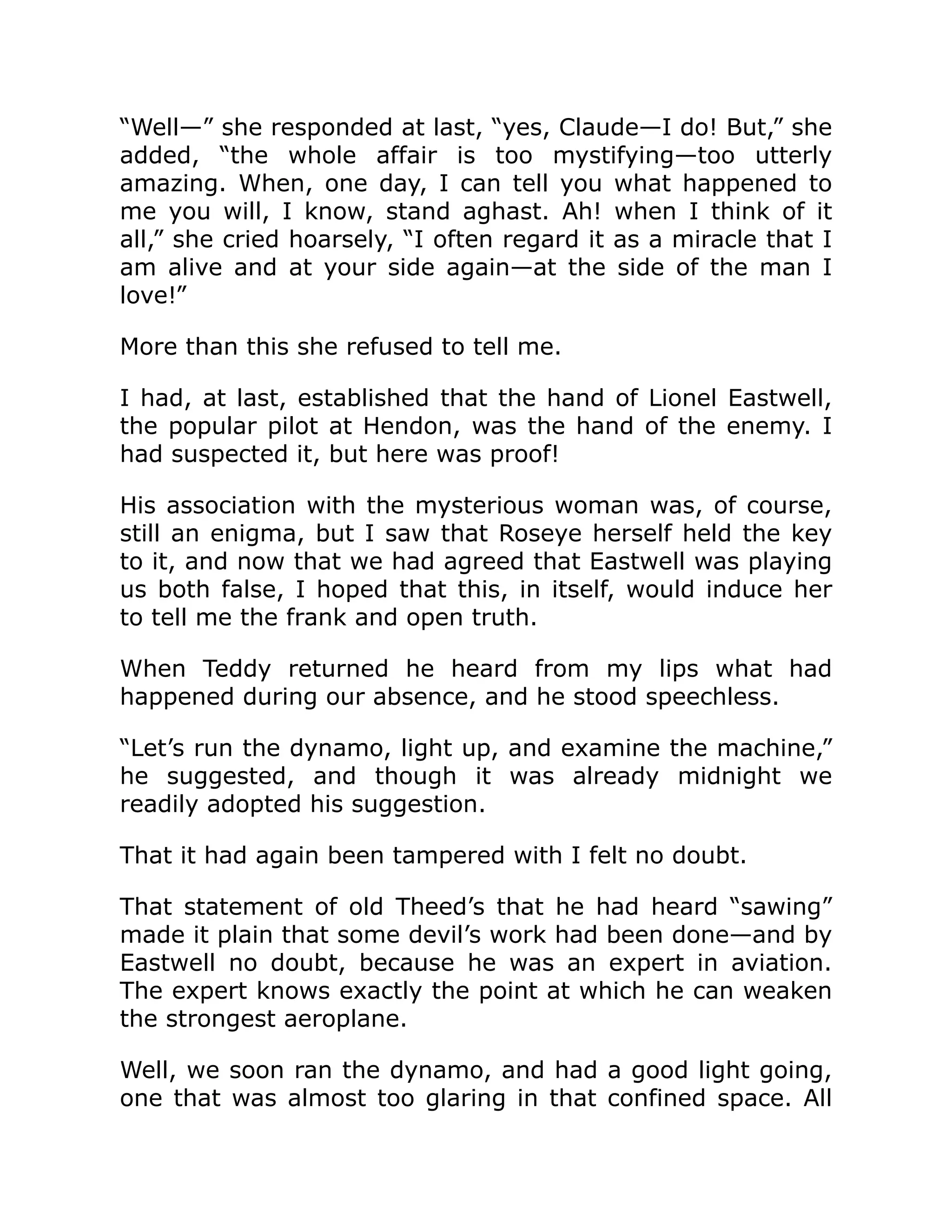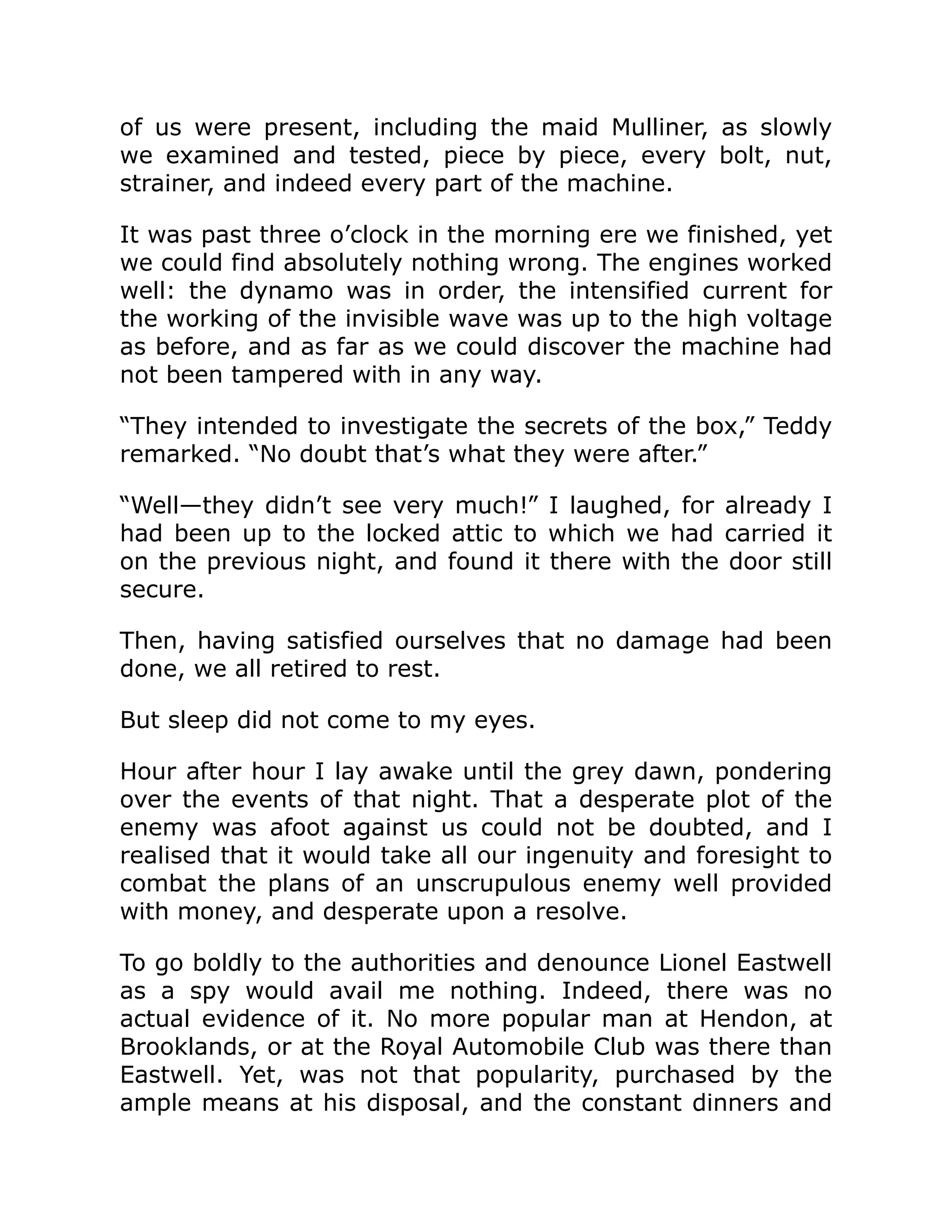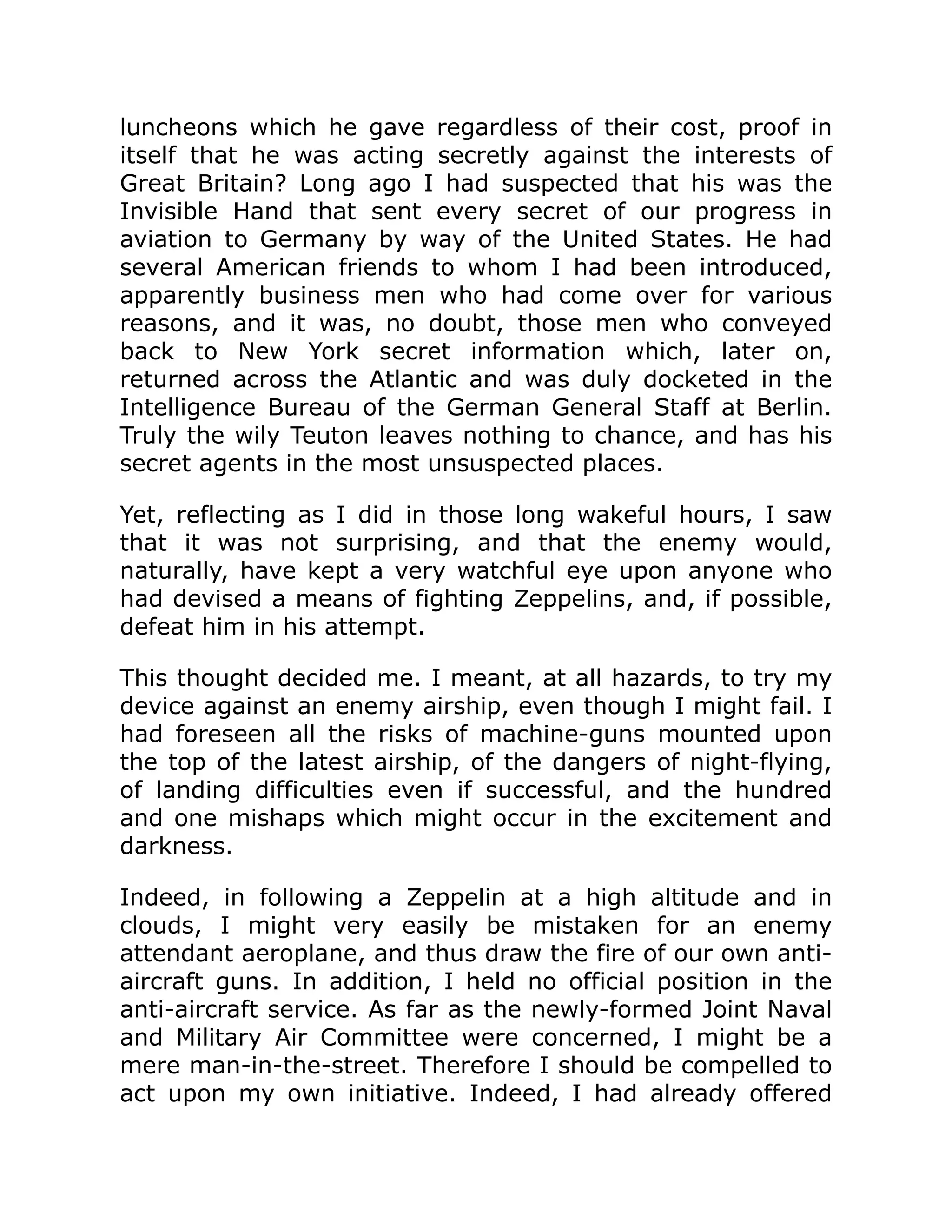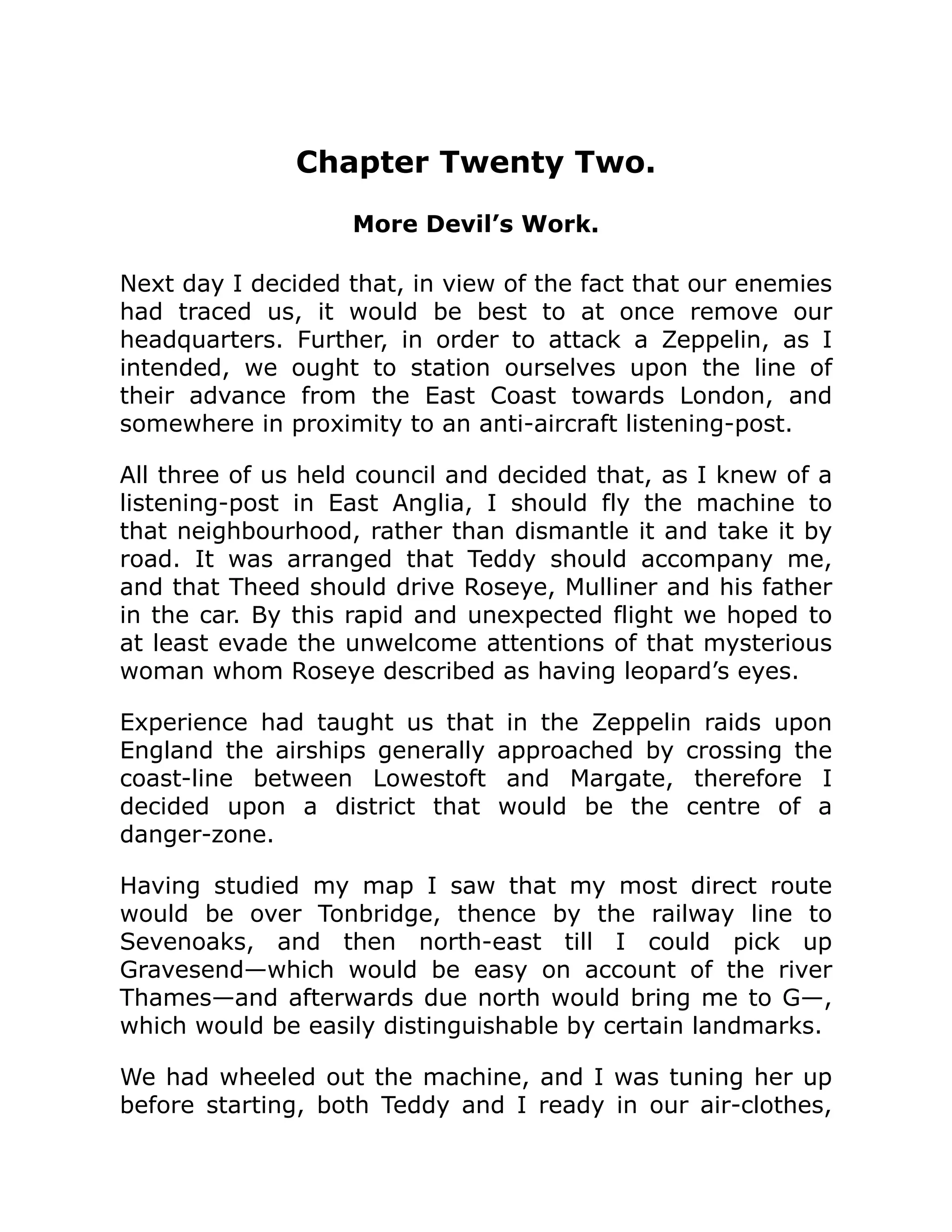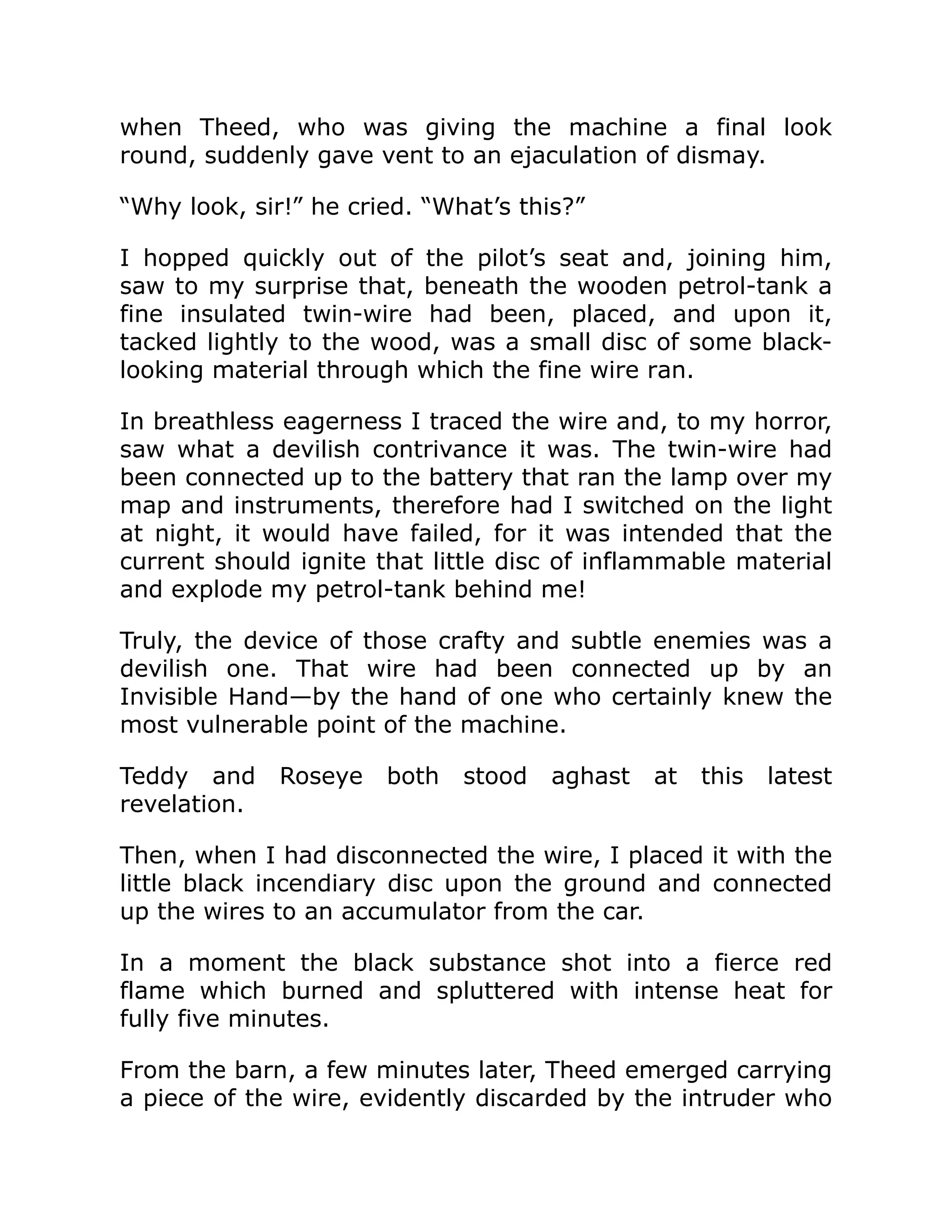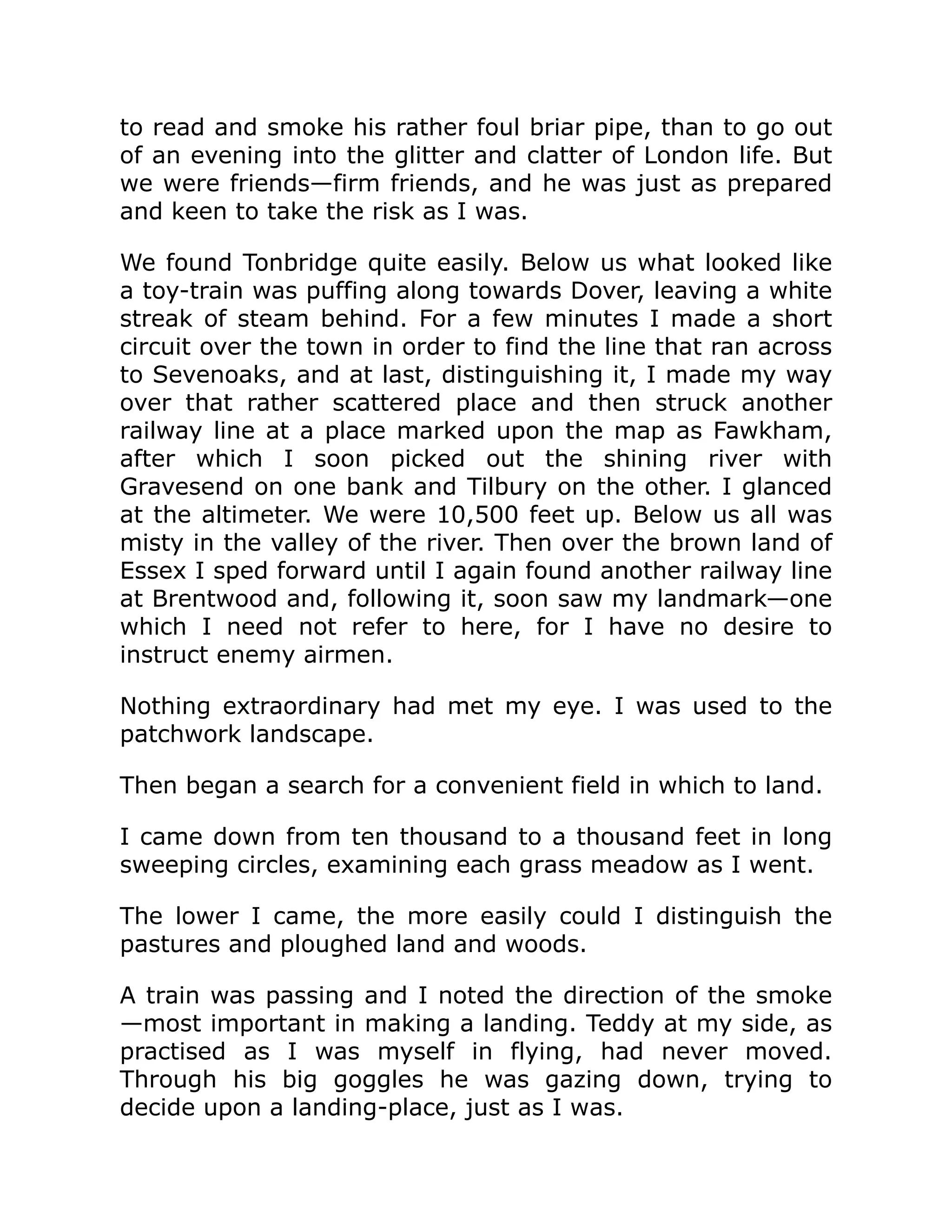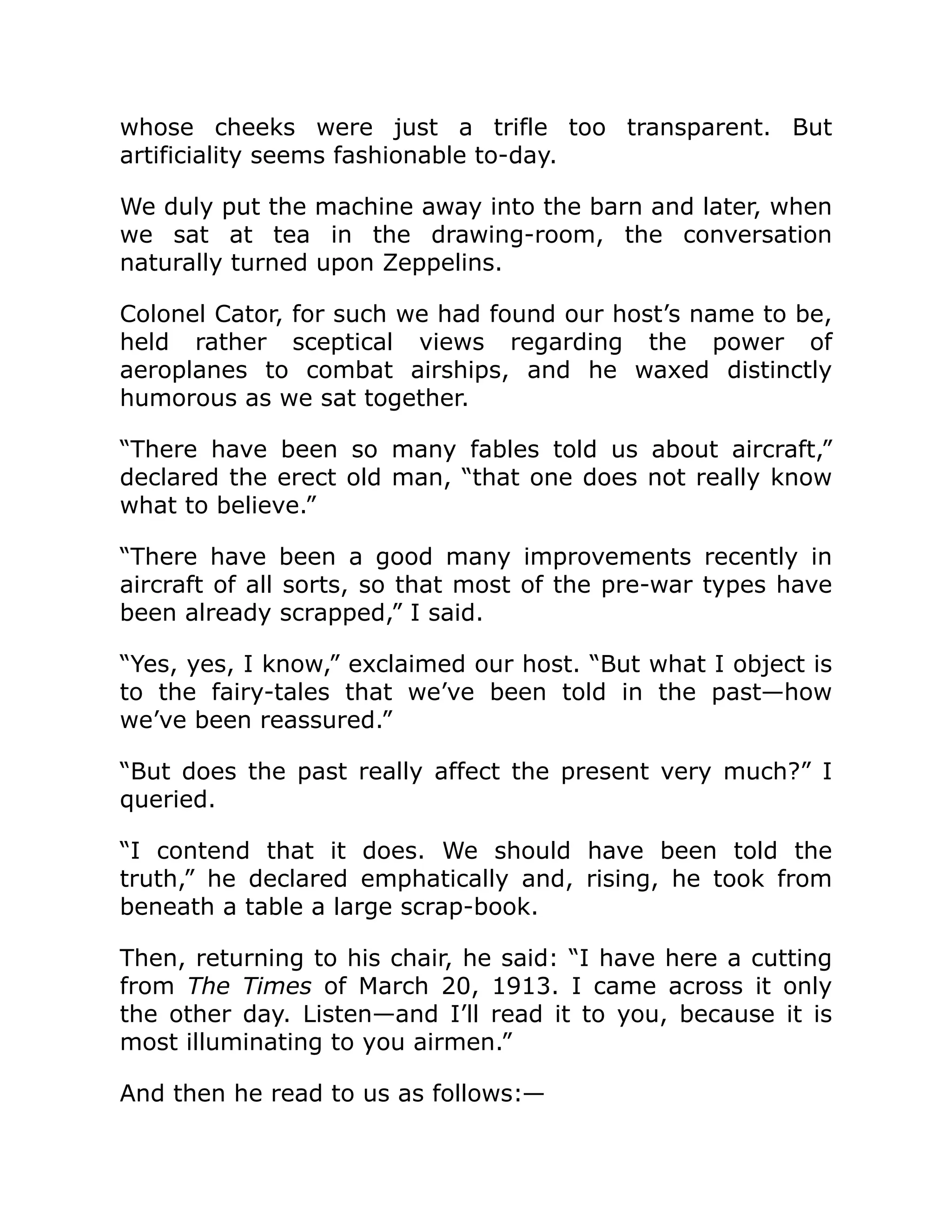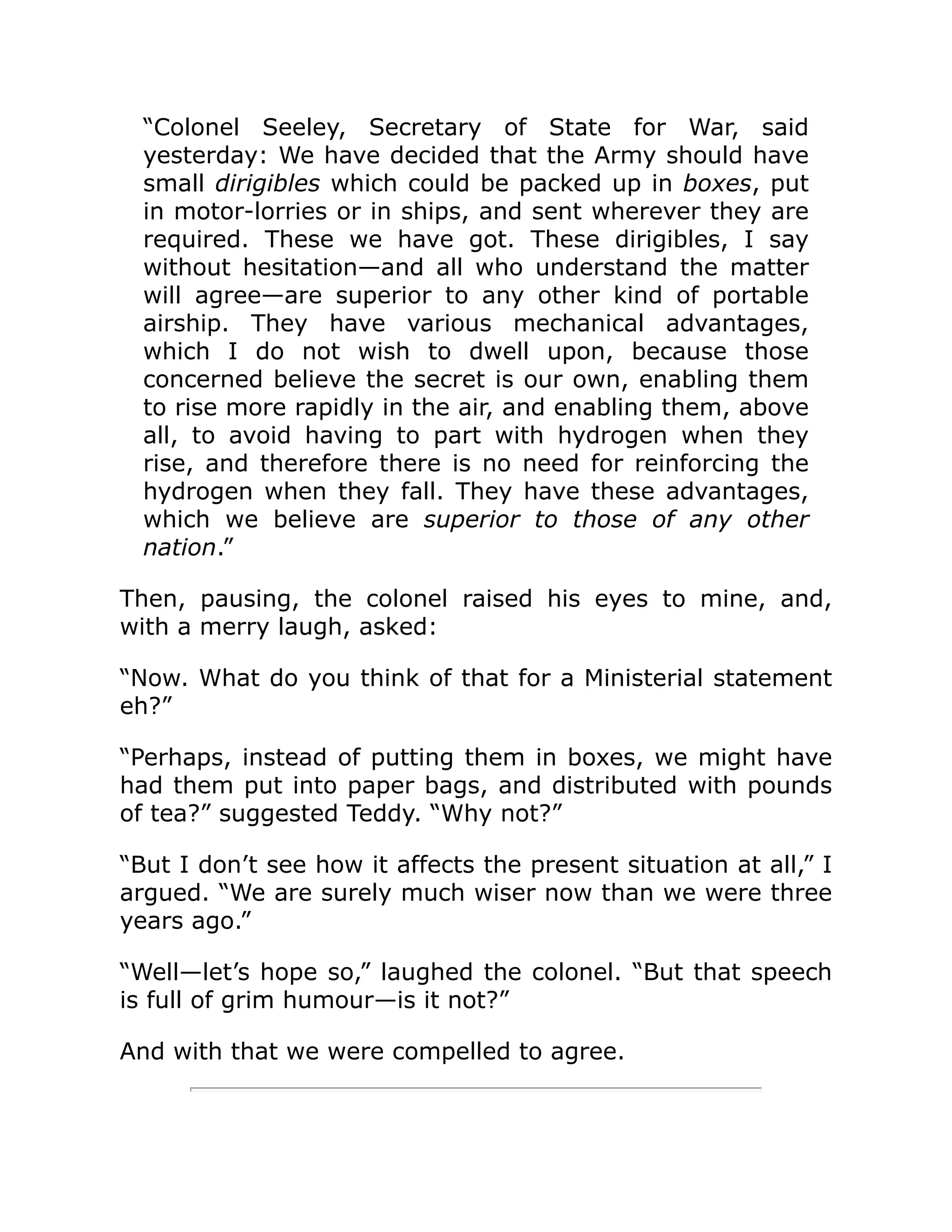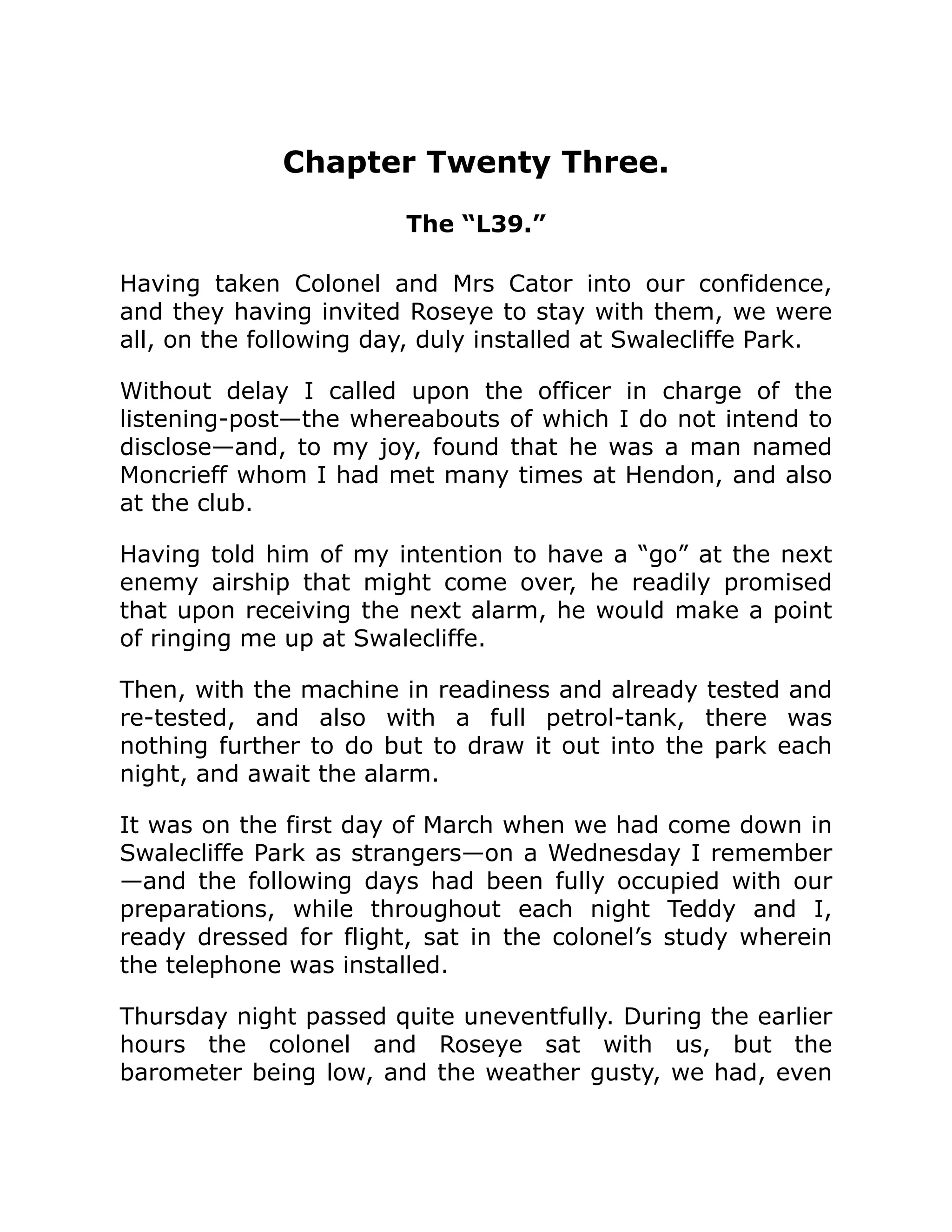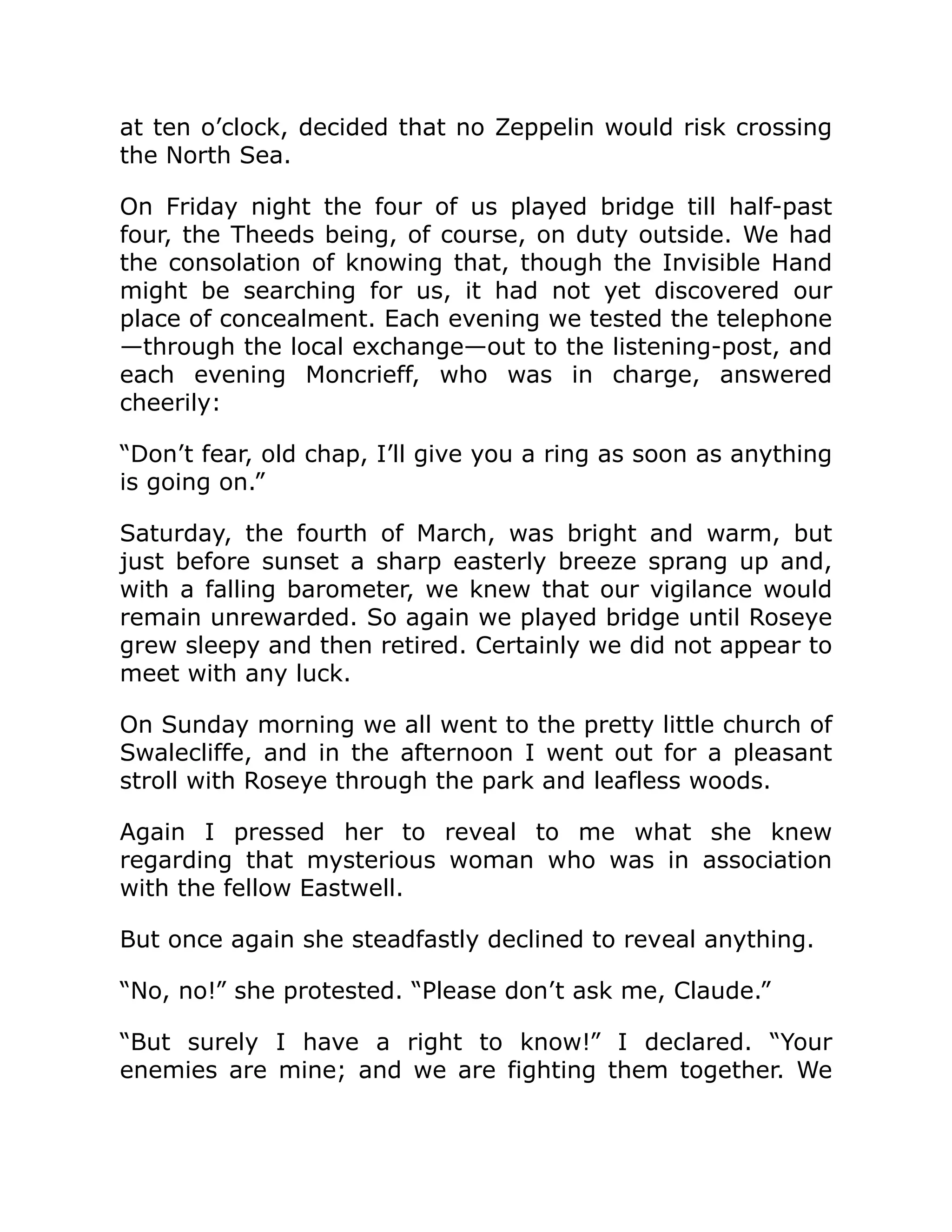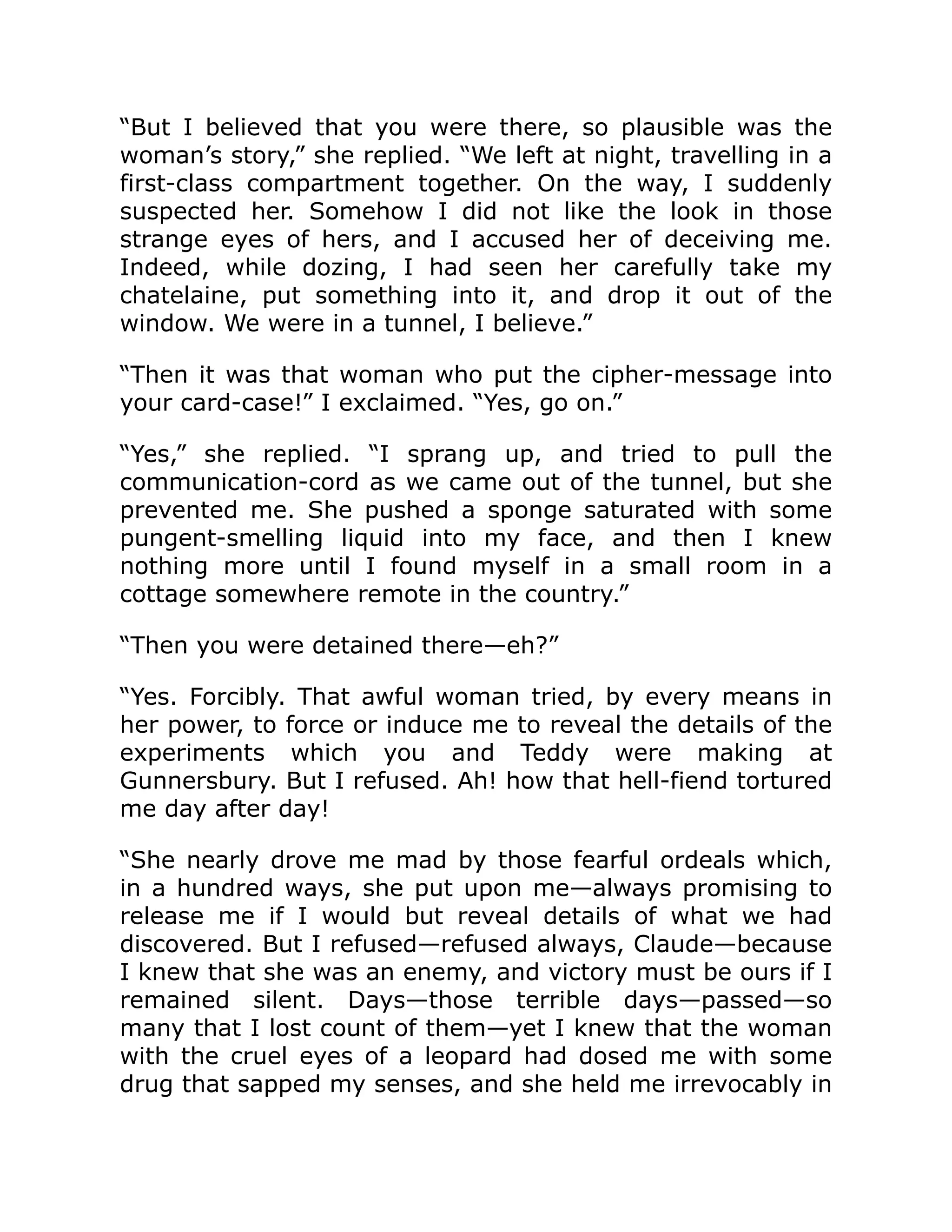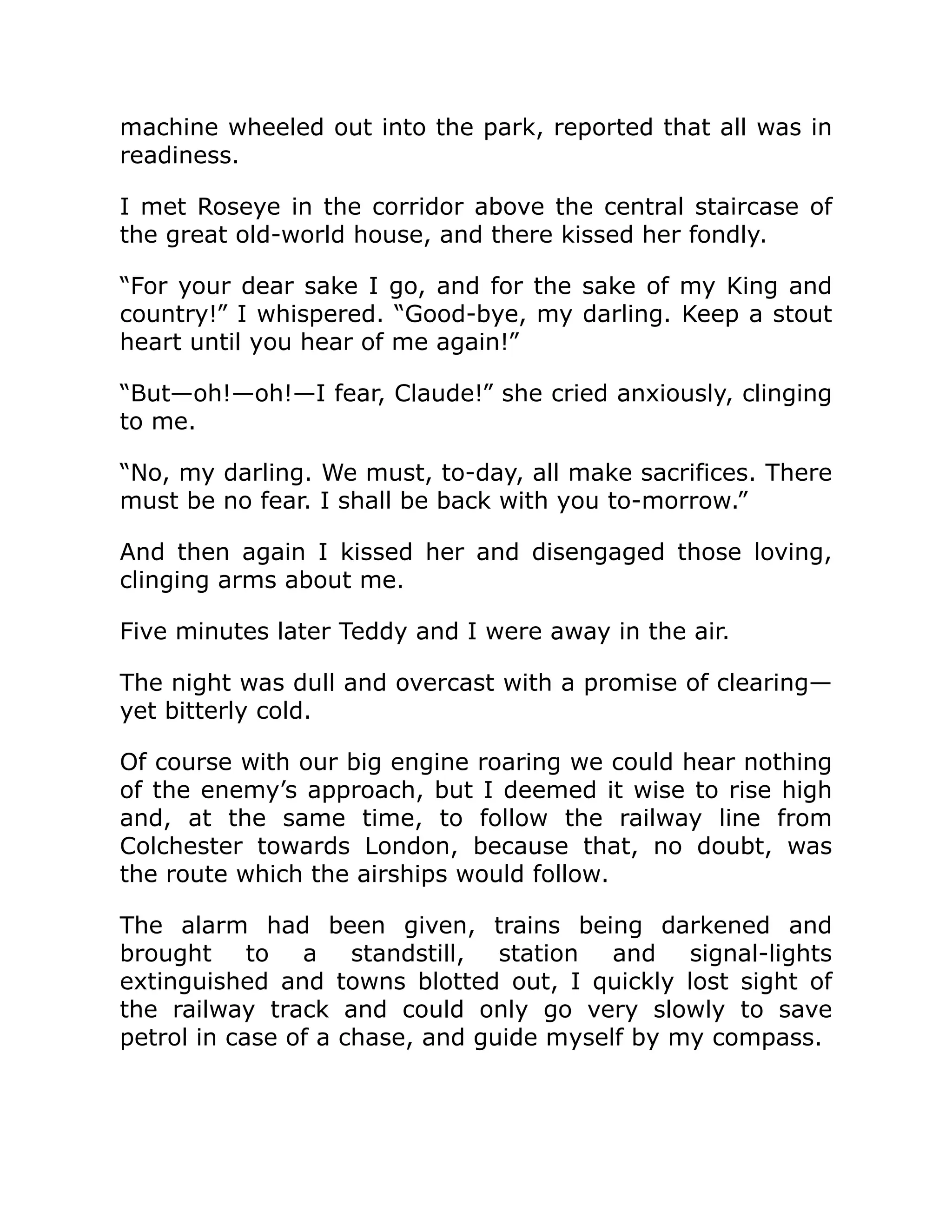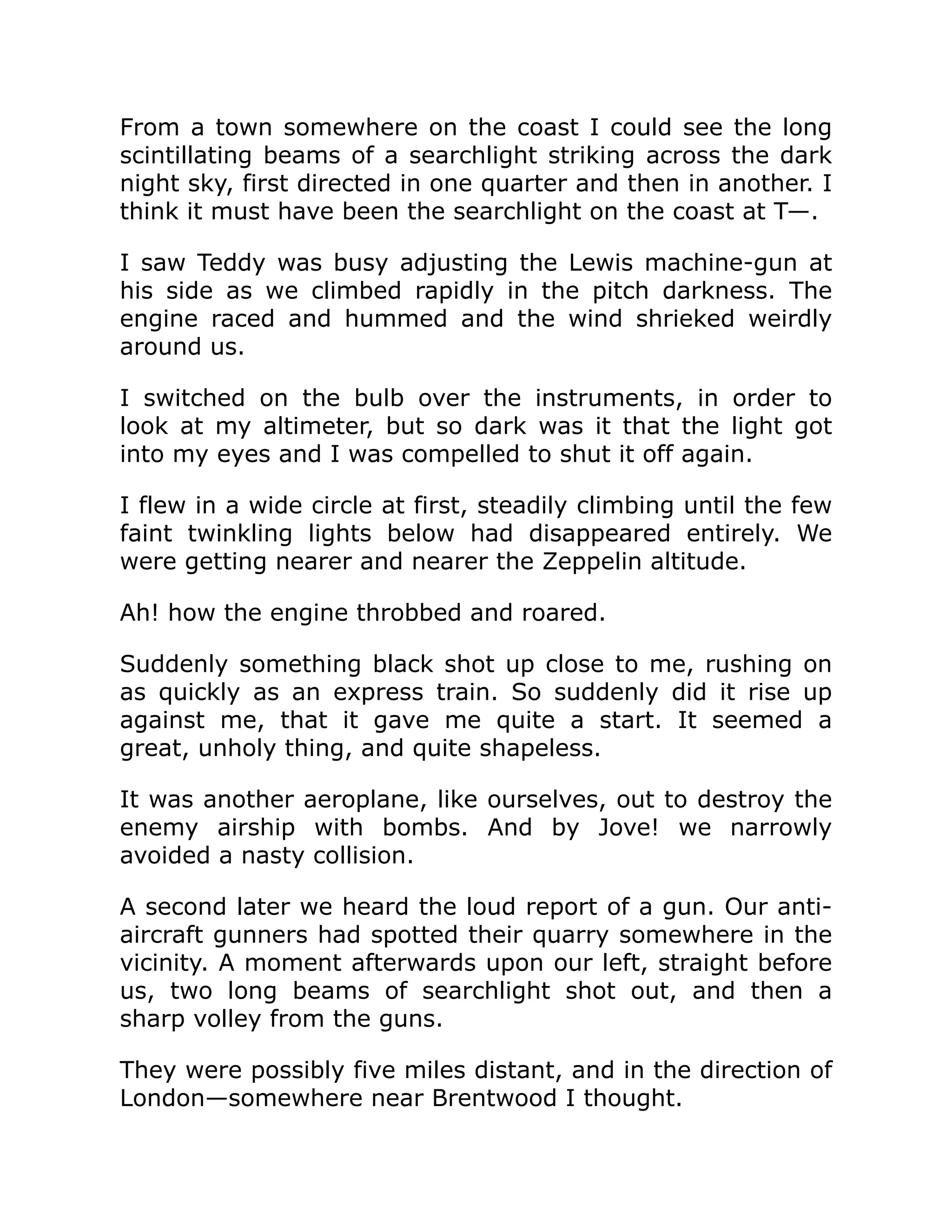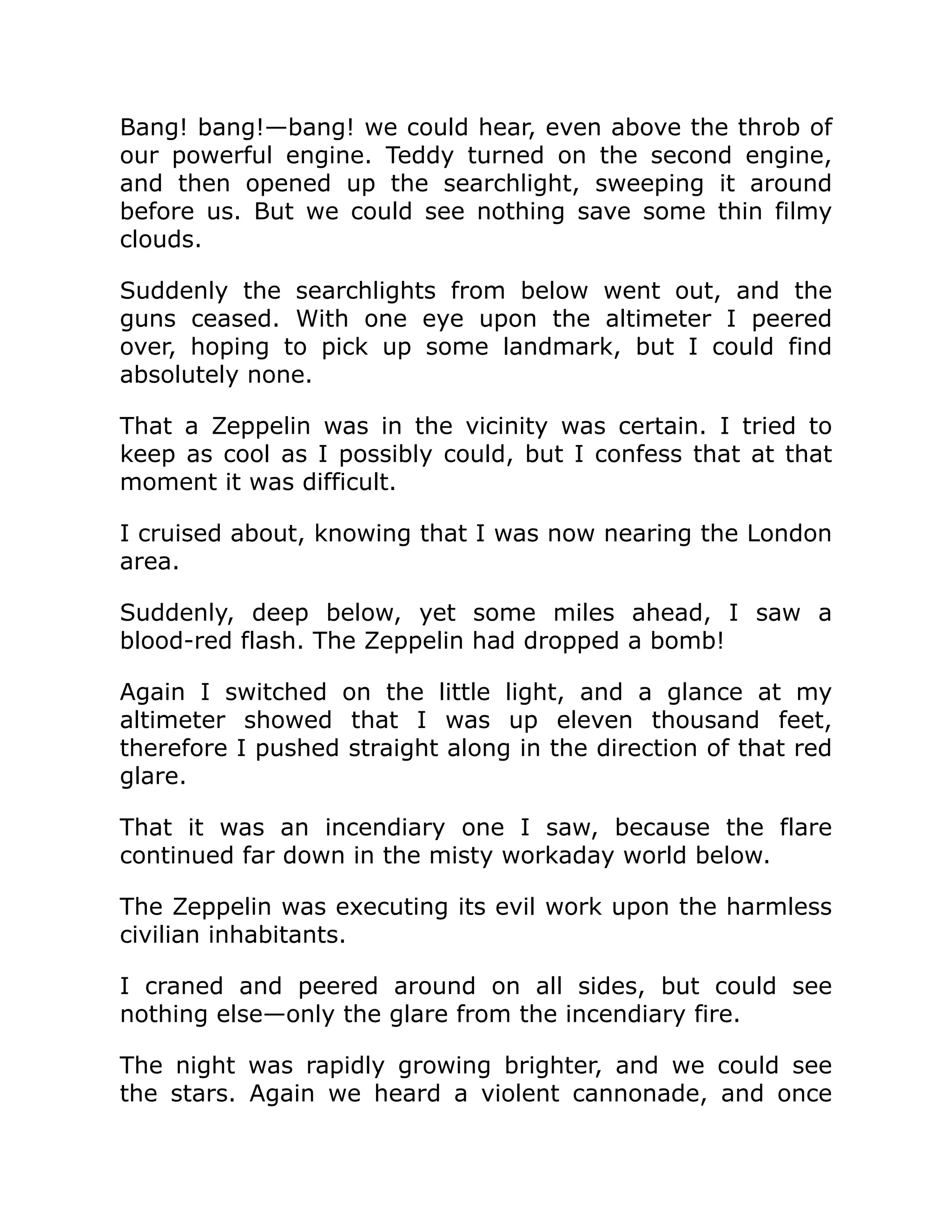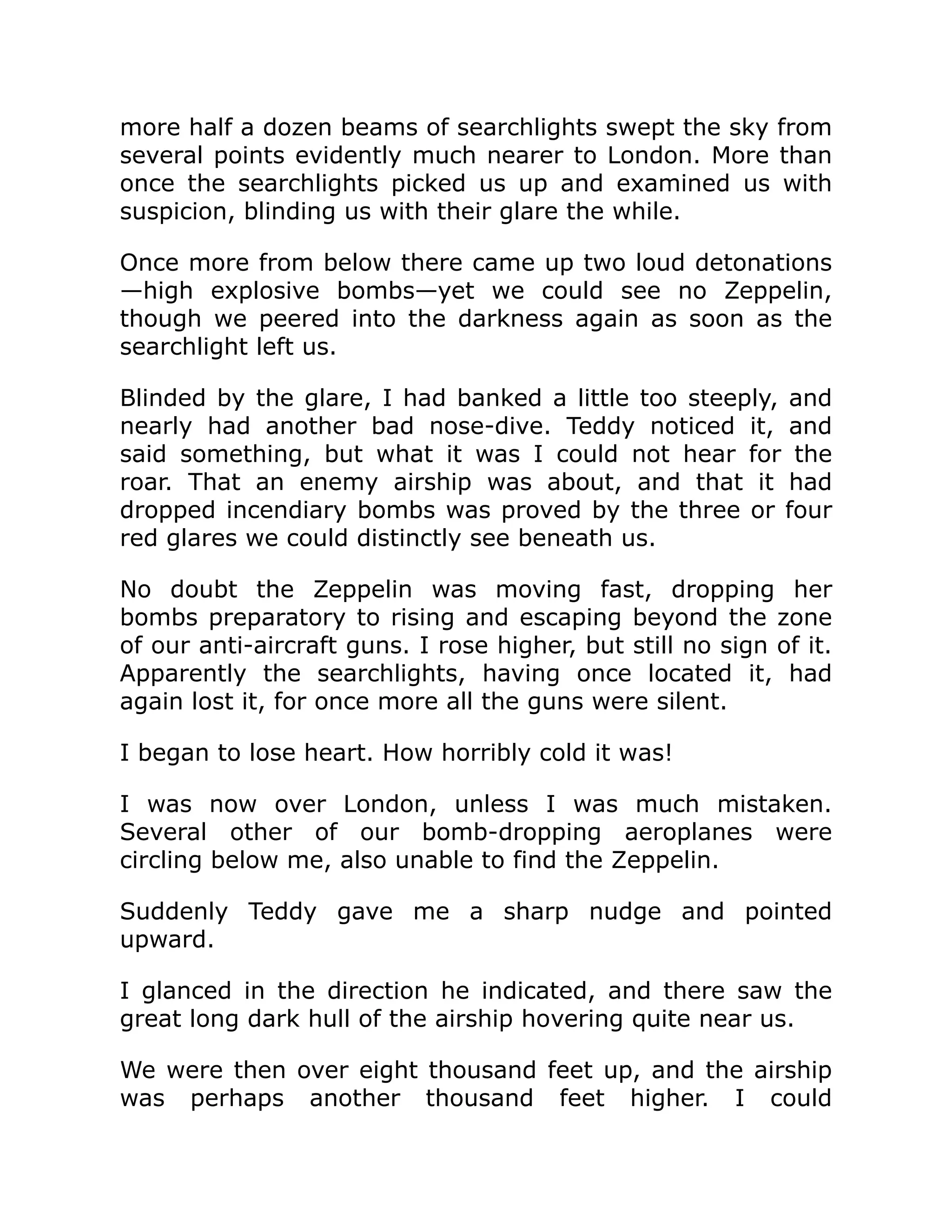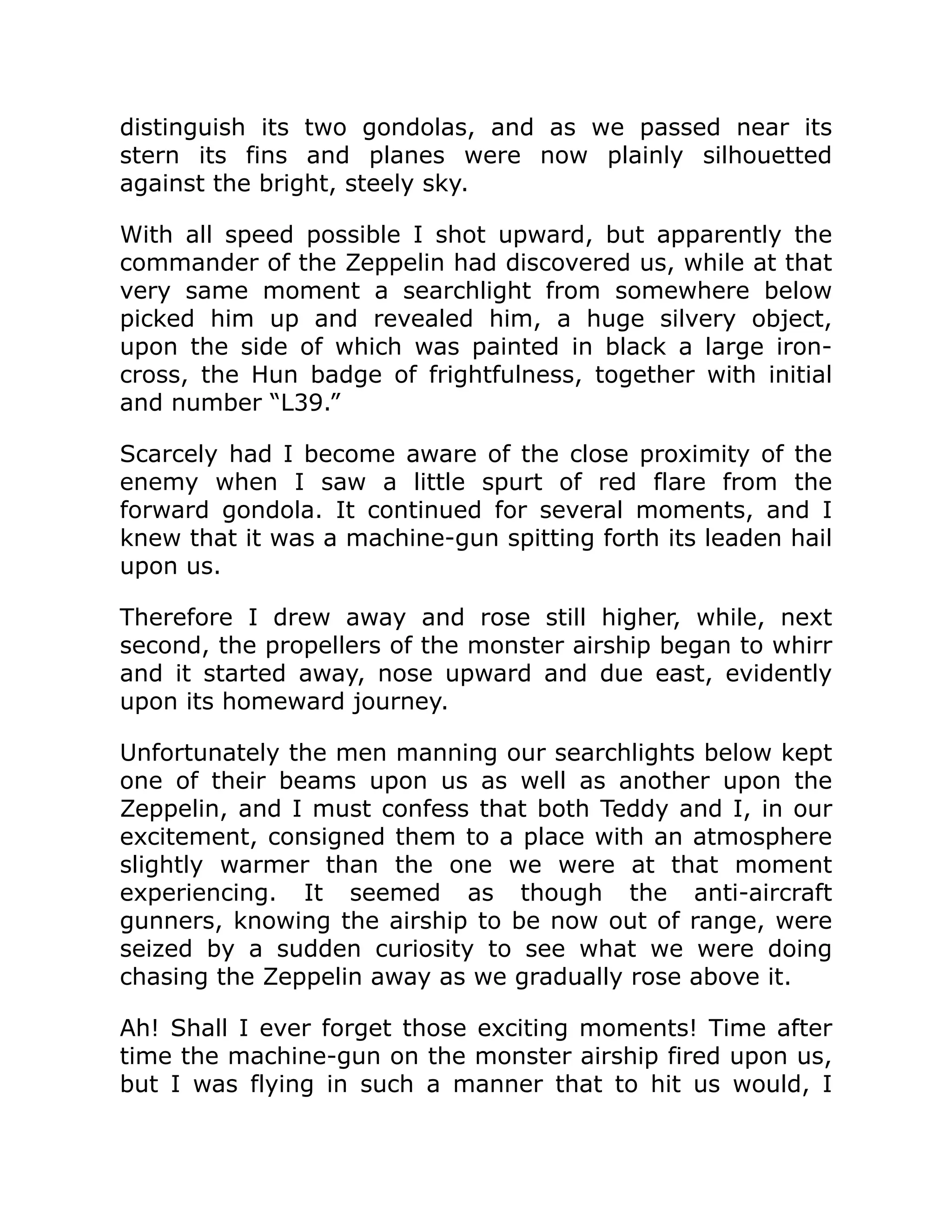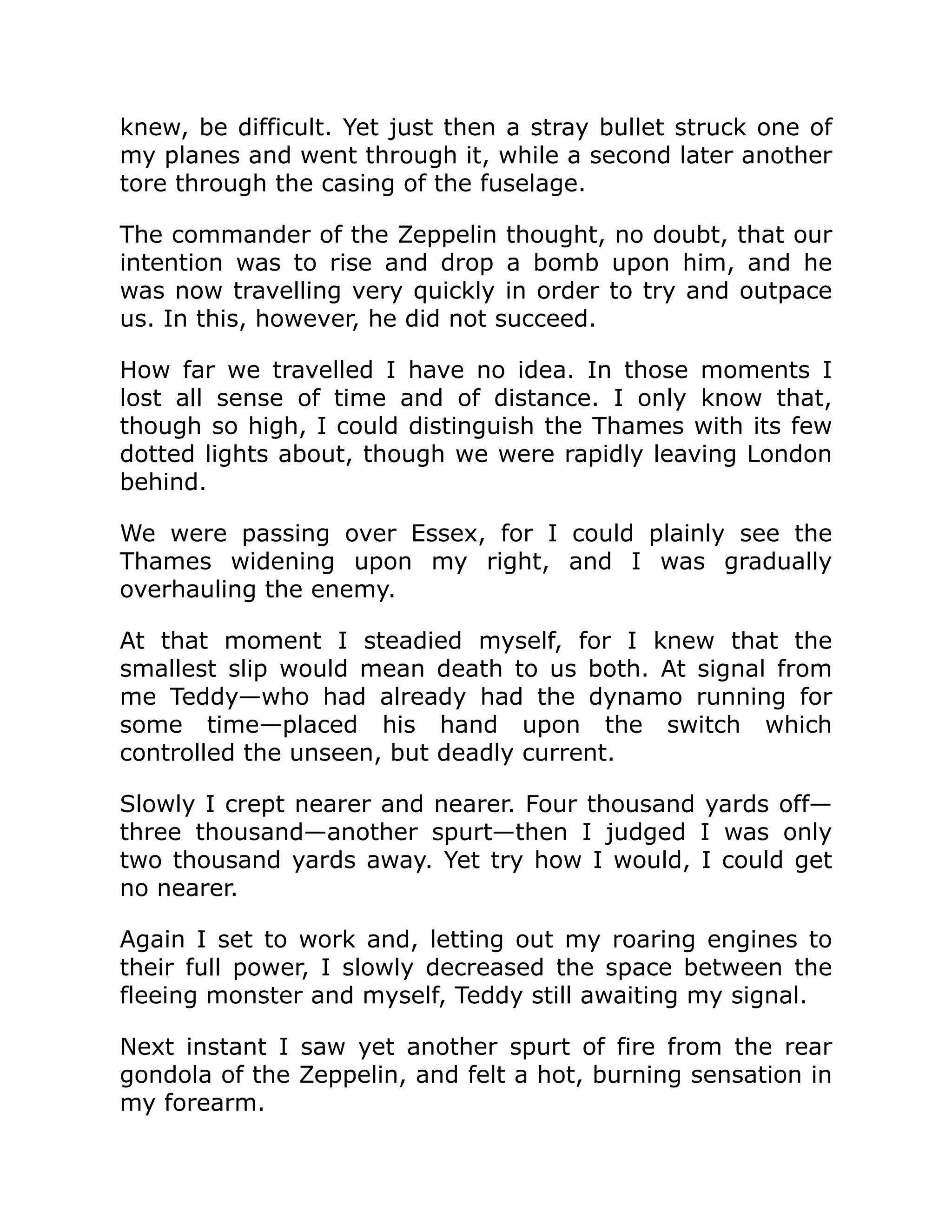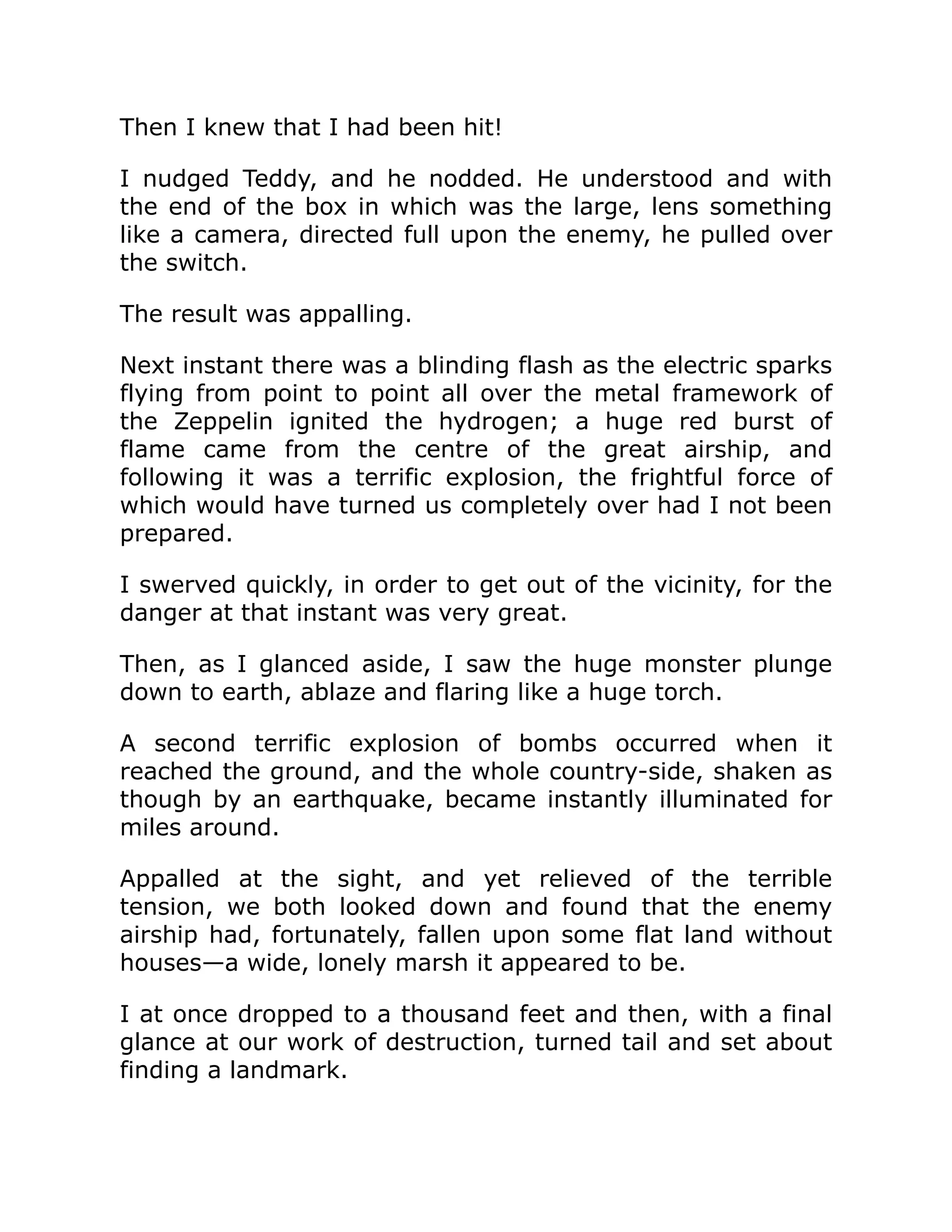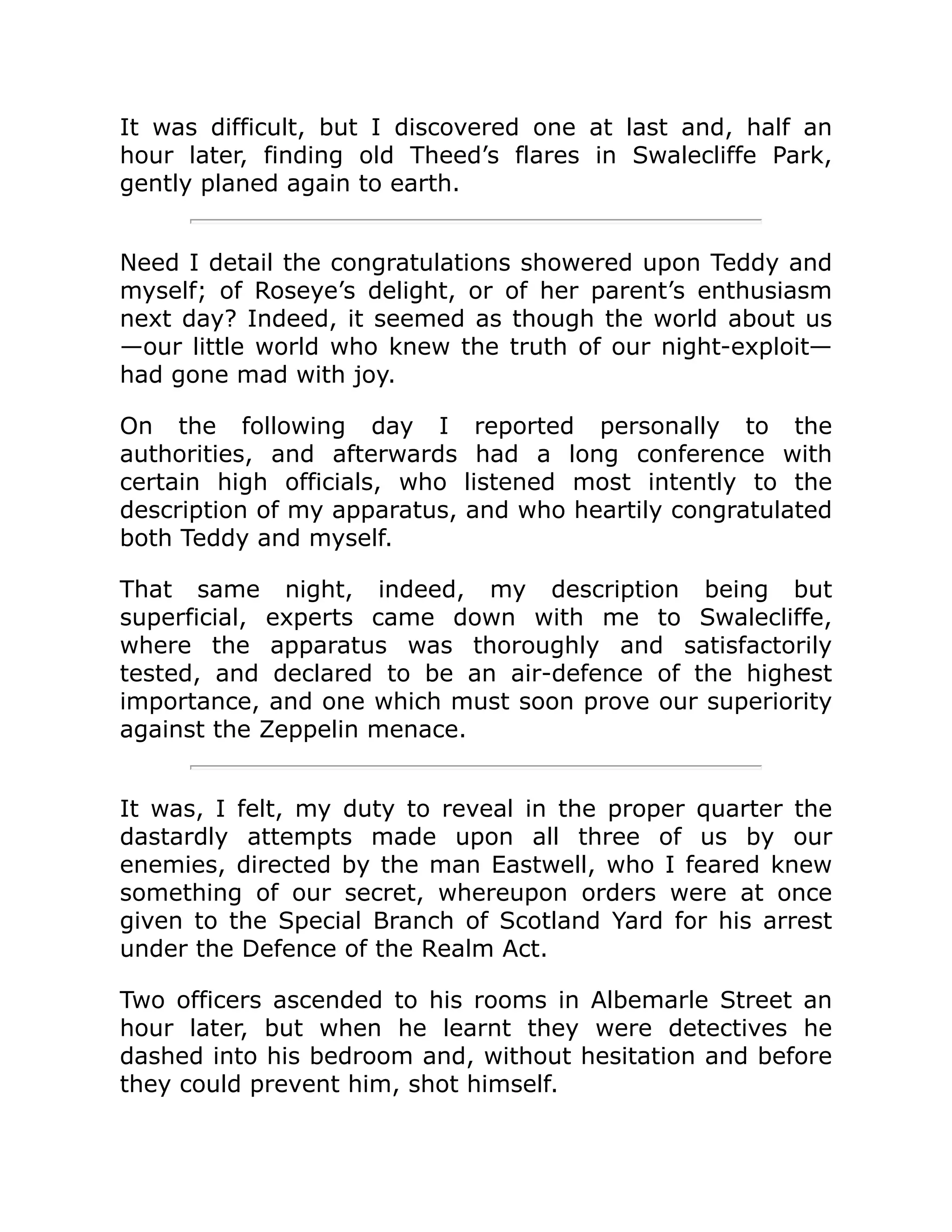Learning React Native Building Native Mobile Apps with JavaScript 2nd Edition Bonnie Eisenman Learning React Native Building Native Mobile Apps with JavaScript 2nd Edition Bonnie Eisenman Learning React Native Building Native Mobile Apps with JavaScript 2nd Edition Bonnie Eisenman


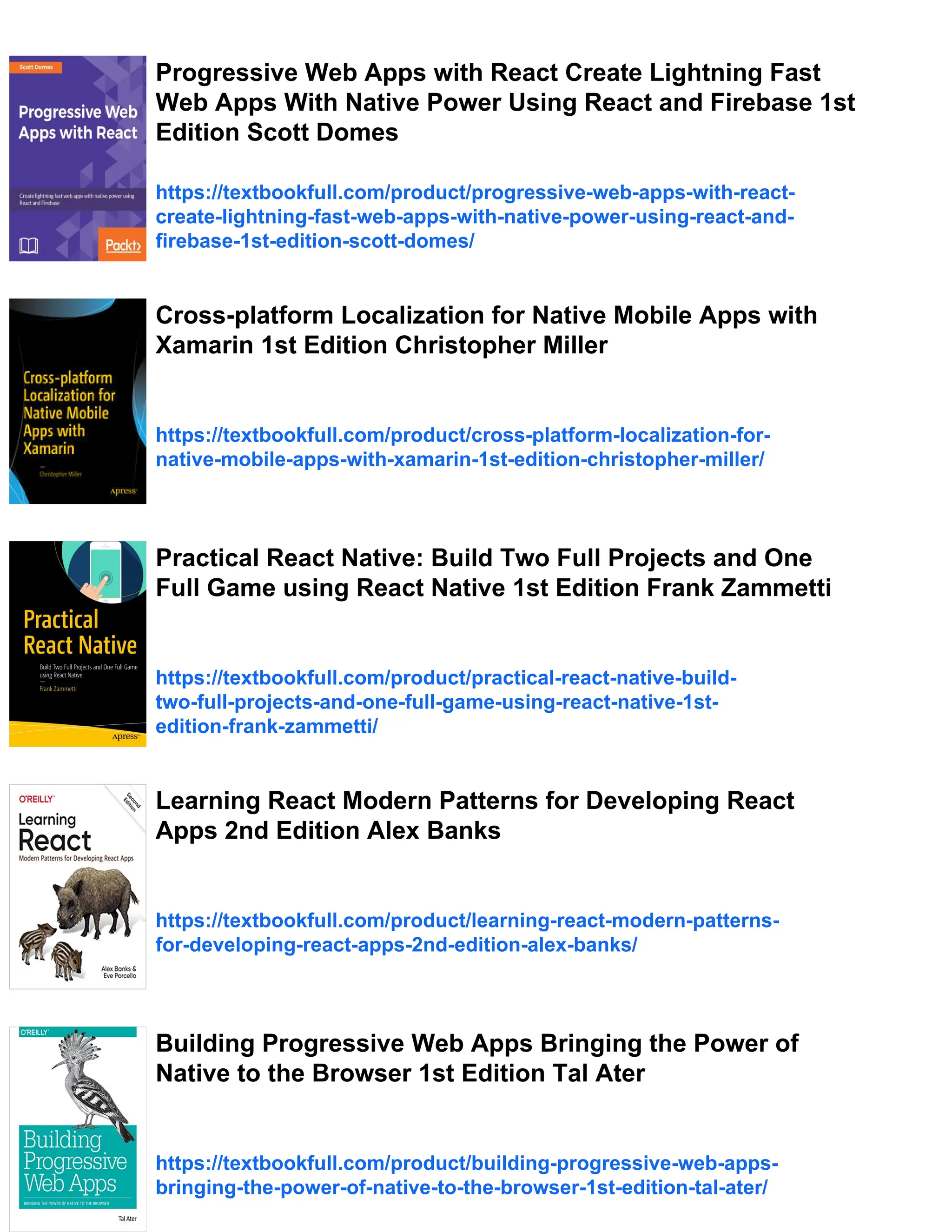
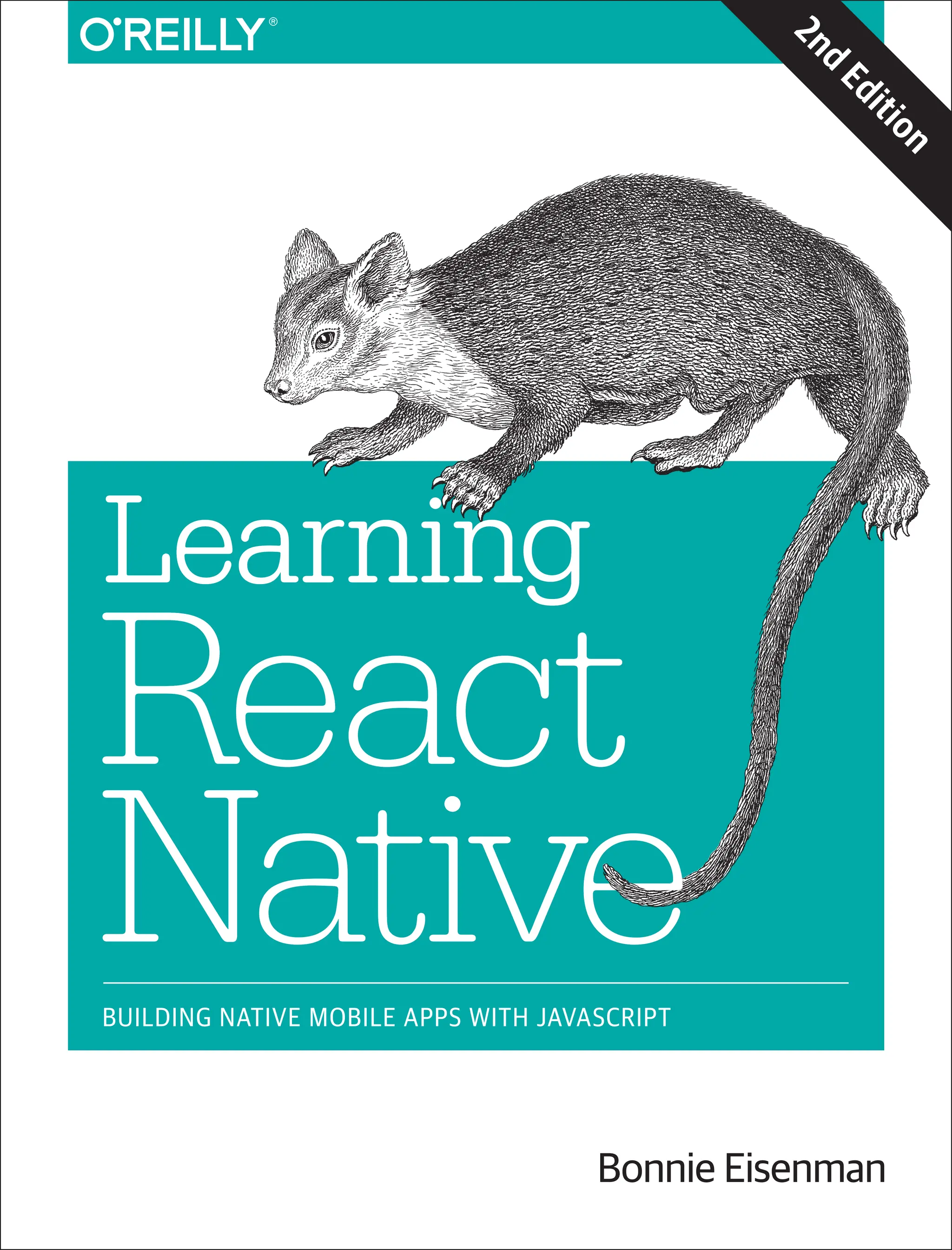
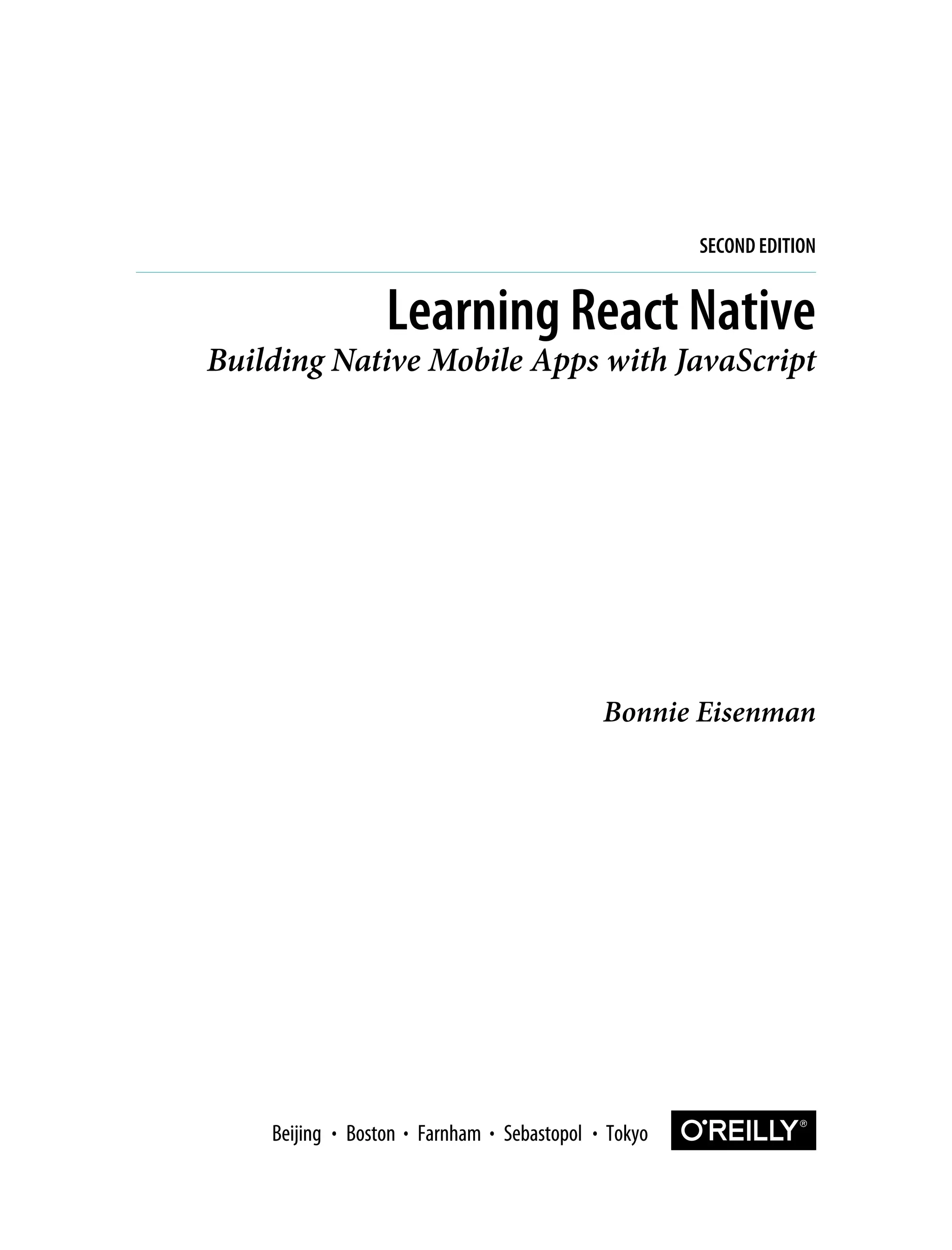
![978-1-491-98914-2 [LSI] Learning React Native by Bonnie Eisenman Copyright © 2018 Bonnie Eisenman. All rights reserved. Printed in the United States of America. Published by O’Reilly Media, Inc., 1005 Gravenstein Highway North, Sebastopol, CA 95472. O’Reilly books may be purchased for educational, business, or sales promotional use. Online editions are also available for most titles (http://oreilly.com/safari). For more information, contact our corporate/insti‐ tutional sales department: 800-998-9938 or corporate@oreilly.com. Editor: Meg Foley Production Editor: Nicholas Adams Copyeditor: Rachel Monaghan Proofreader: Gillian McGarvey Indexer: Judith McConville Interior Designer: David Futato Cover Designer: Karen Montgomery Illustrator: Rebecca Demarest December 2015: First Edition November 2017: Second Edition Revision History for the Second Edition 2017-10-23: First Release See http://oreilly.com/catalog/errata.csp?isbn=9781491989142 for release details. The O’Reilly logo is a registered trademark of O’Reilly Media, Inc. Learning React Native, the cover image, and related trade dress are trademarks of O’Reilly Media, Inc. While the publisher and the author have used good faith efforts to ensure that the information and instructions contained in this work are accurate, the publisher and the author disclaim all responsibility for errors or omissions, including without limitation responsibility for damages resulting from the use of or reliance on this work. Use of the information and instructions contained in this work is at your own risk. If any code samples or other technology this work contains or describes is subject to open source licenses or the intellectual property rights of others, it is your responsibility to ensure that your use thereof complies with such licenses and/or rights.](https://image.slidesharecdn.com/31477-250501010517-03535e8b/75/Learning-React-Native-Building-Native-Mobile-Apps-with-JavaScript-2nd-Edition-Bonnie-Eisenman-6-2048.jpg)
